Plastisol Transfer on Promotional Items
Last Updated: 26 July 2025
Plastisol transfer branding provides a cost-effective method for decorating items. It merges the quality of screen printing with the speed of digital printing. This method also simplifies the process by eliminating the setup of screens and messy inks. Consequently, you save time by avoiding pressing and distributing ink on each unit. Once applied, the design adheres perfectly to deliver excellent results without hassle.
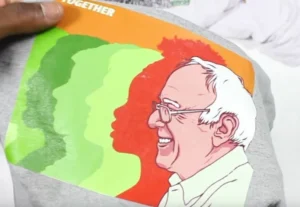
Two Major Types of Plastisol Transfer
- Cold Peel/ Cold-Split: With Cold Peel/Cold-Split transfers, you can quickly achieve vibrant graphics on dark-coloured shirts. This unique process utilises high pressure in combination with low heat and an adhesive that separates once exposed to cold temperatures. Therefore, if you’re looking to skip additional curing steps, this method is ideal as it guarantees a durable finish that can hold up through multiple washes.
- Hot Peel/ Hot-Split: In contrast to their cooler counterparts, these transfers demand high temperatures and a specialised adhesive, which work together to create vibrant graphics that last even longer. Specifically designed for lighter-coloured shirts, this technique not only reduces curing time but also allows you to get your designs onto the fabric more quickly. Moreover, with Hot Peel/Hot-Split transfers, you can elevate your designs with bold details and enjoy a longer wear life.
What are the Advantages of Heat Transfers?
- High-quality edge definition on rough or textured fabrics enhances the appearance of the materials.

- You can print designs in bulk and apply them to products as needed, which saves time on setups.
- Multiple logos of different sizes can be printed simultaneously to eliminate extra setup costs.
- The heat transfer process ensures that the quality print remains clear and crisp so that it adheres firmly to the fabric.
What are the Disadvantages of Using Transfers?
- The process involves extra costs because it requires more materials overall than some cheaper methods.
- The print has a distinct plastic-y feel, making it suitable only for isolated designs rather than an entire shirt or sweater.
- If care is not taken, exposure to hot irons can damage transfer prints.
Transfer vs Screen vs Digital Print Side by Side
Please see a close up visual image of what a Transfer print looks like compared with other types of printing.

What Promotional Items Do You Brand Using Plastisol Heat Transfers?
This technique is particularly well suited to decorated headwear and clothing, including;
- Promotional caps
- Custom bucket hats
- Logo t-shirts
- Corporate polo shirts
- Personalised hoodies and sweaters
- Branded cotton shopping bags
- Non-woven supermarket bags
- and more!





 Sale
Sale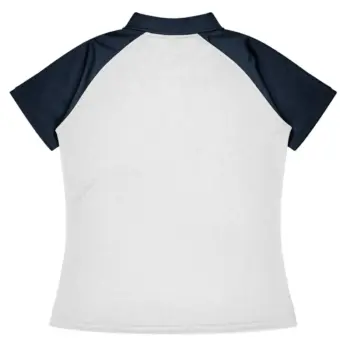
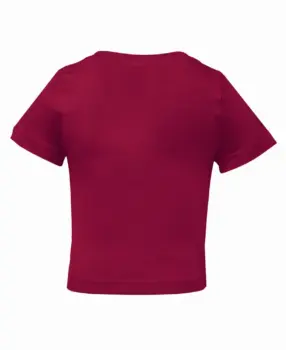

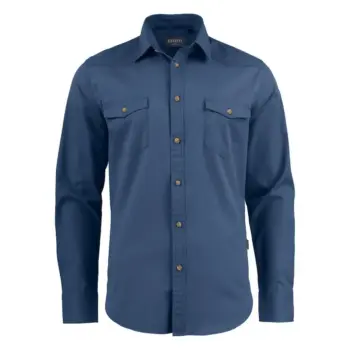
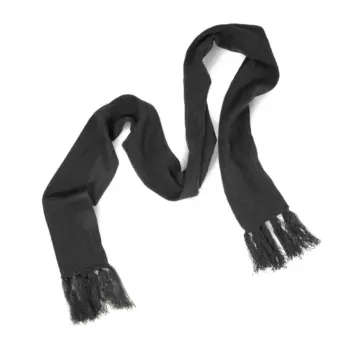
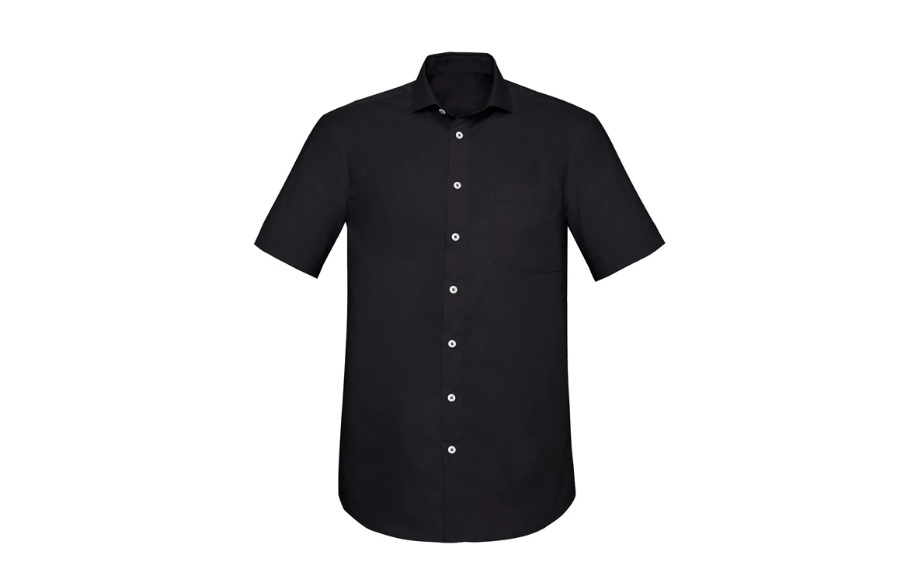 Corporate Uniforms
Corporate Uniforms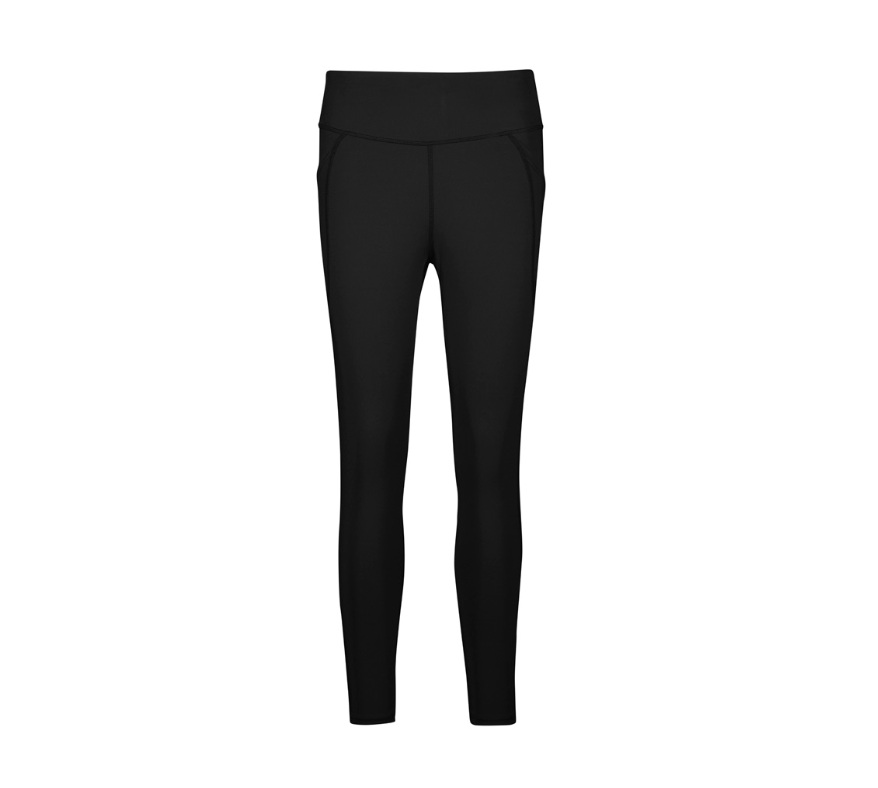 Eco Apparel
Eco Apparel Hoodies & Sweaters
Hoodies & Sweaters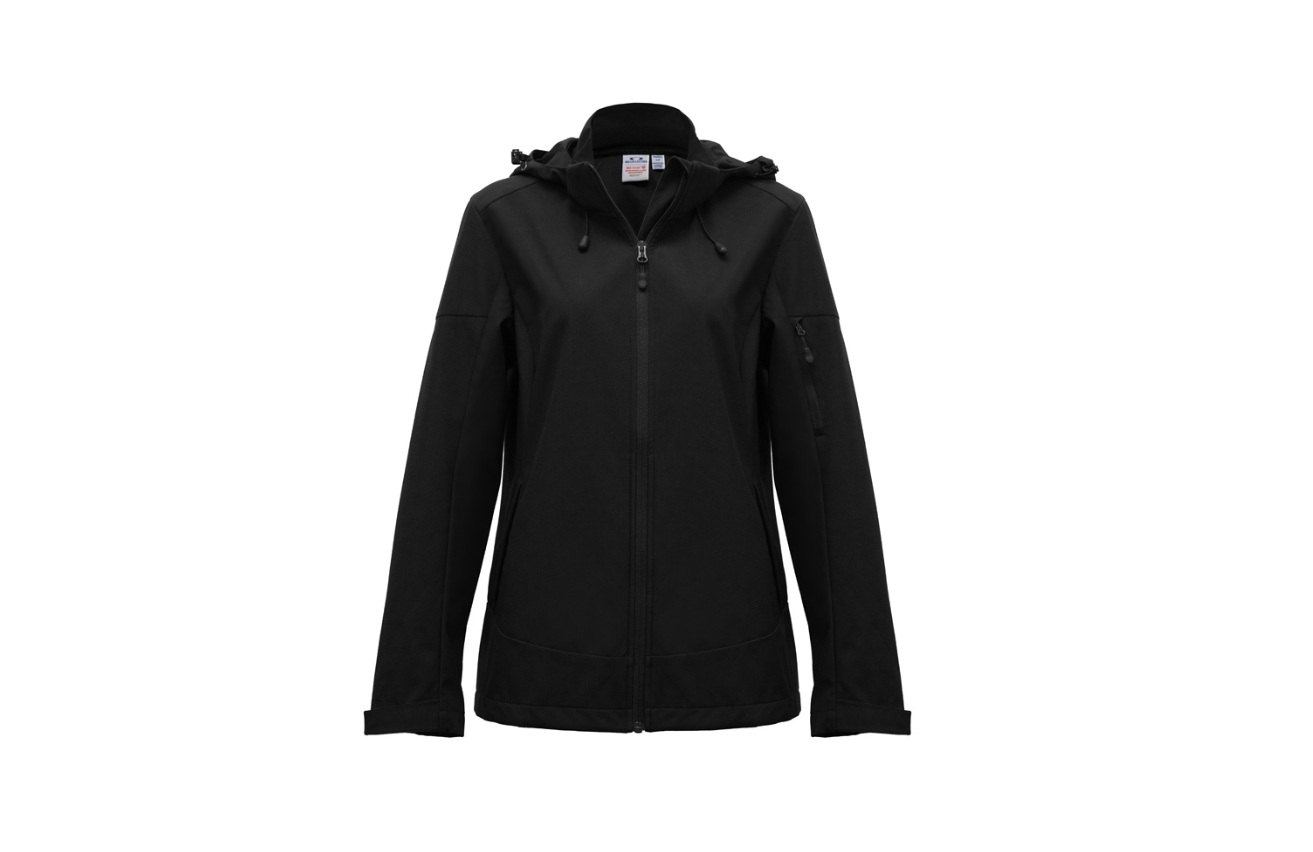 Jackets
Jackets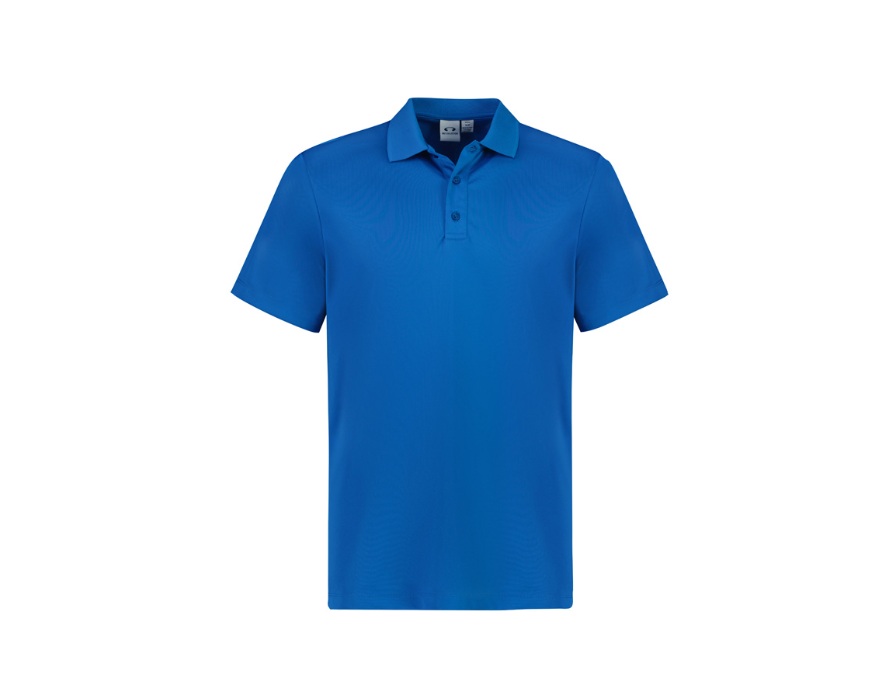 Kids' Clothes
Kids' Clothes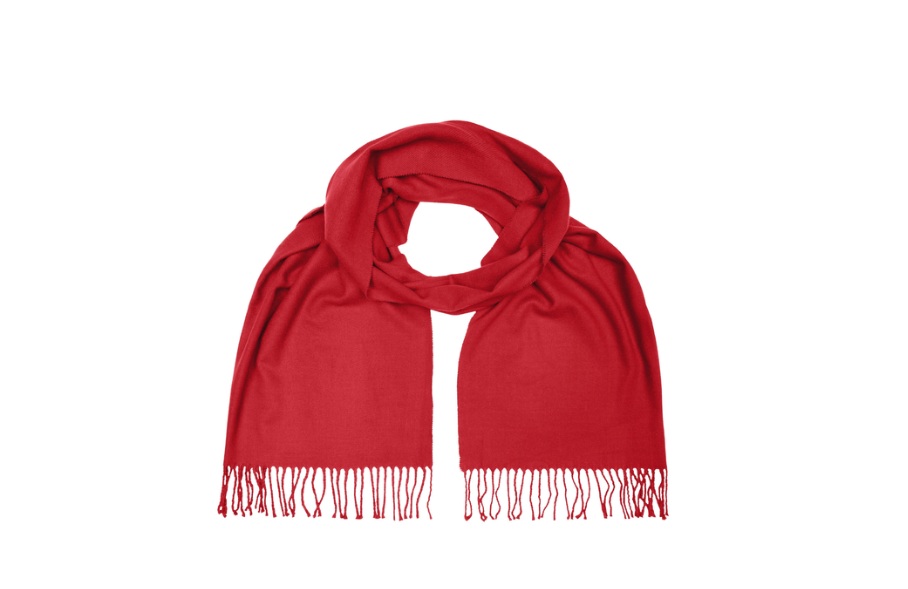 Other Apparel
Other Apparel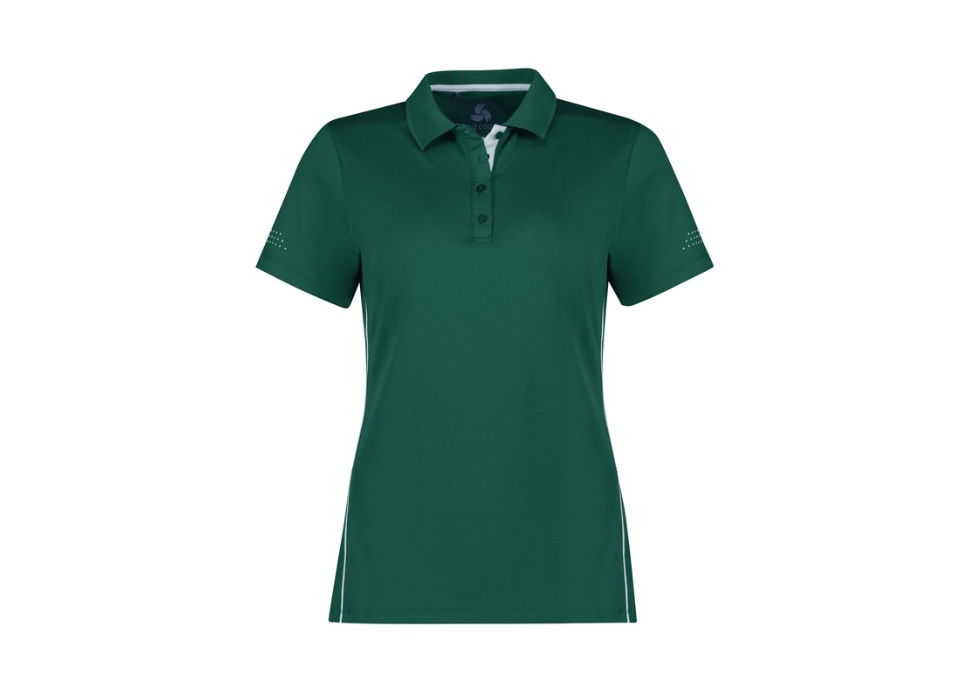 Polo Shirts
Polo Shirts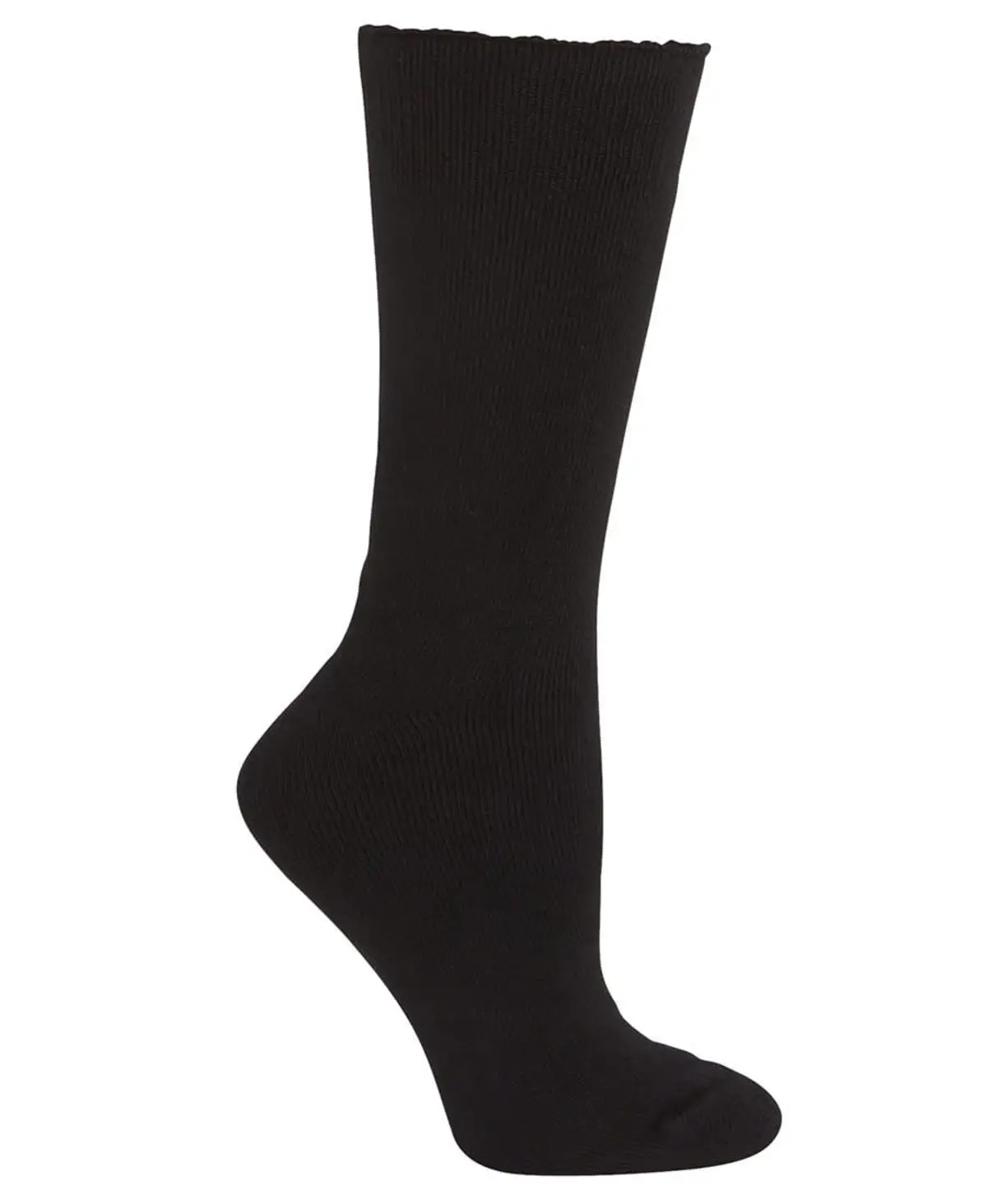 Socks
Socks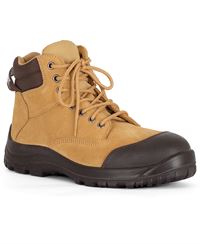 Shoes
Shoes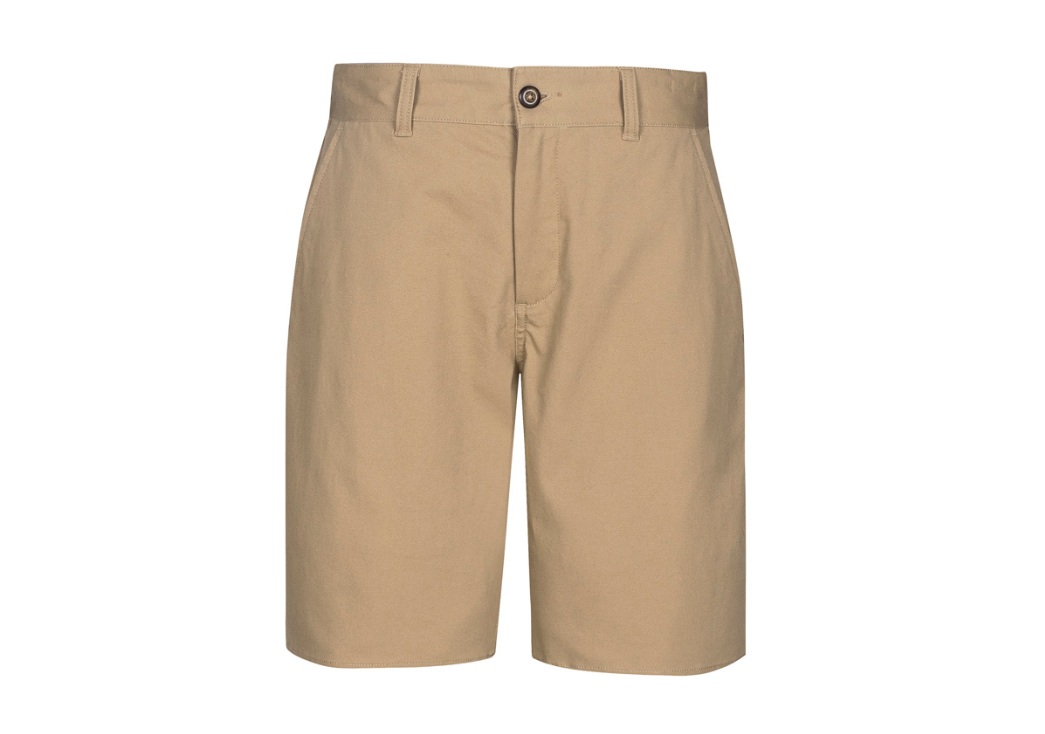 Sports Bottoms
Sports Bottoms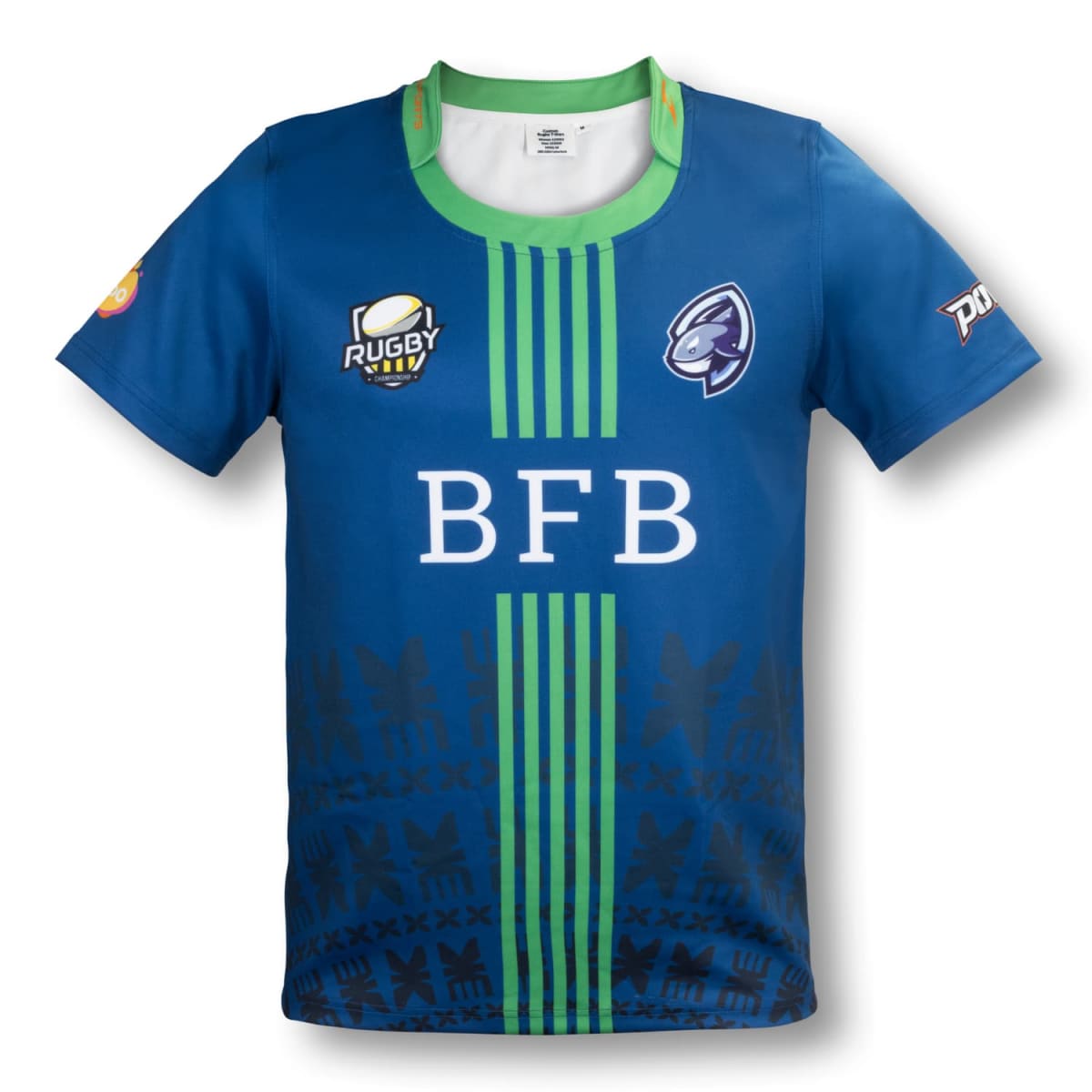 Sports Uniforms
Sports Uniforms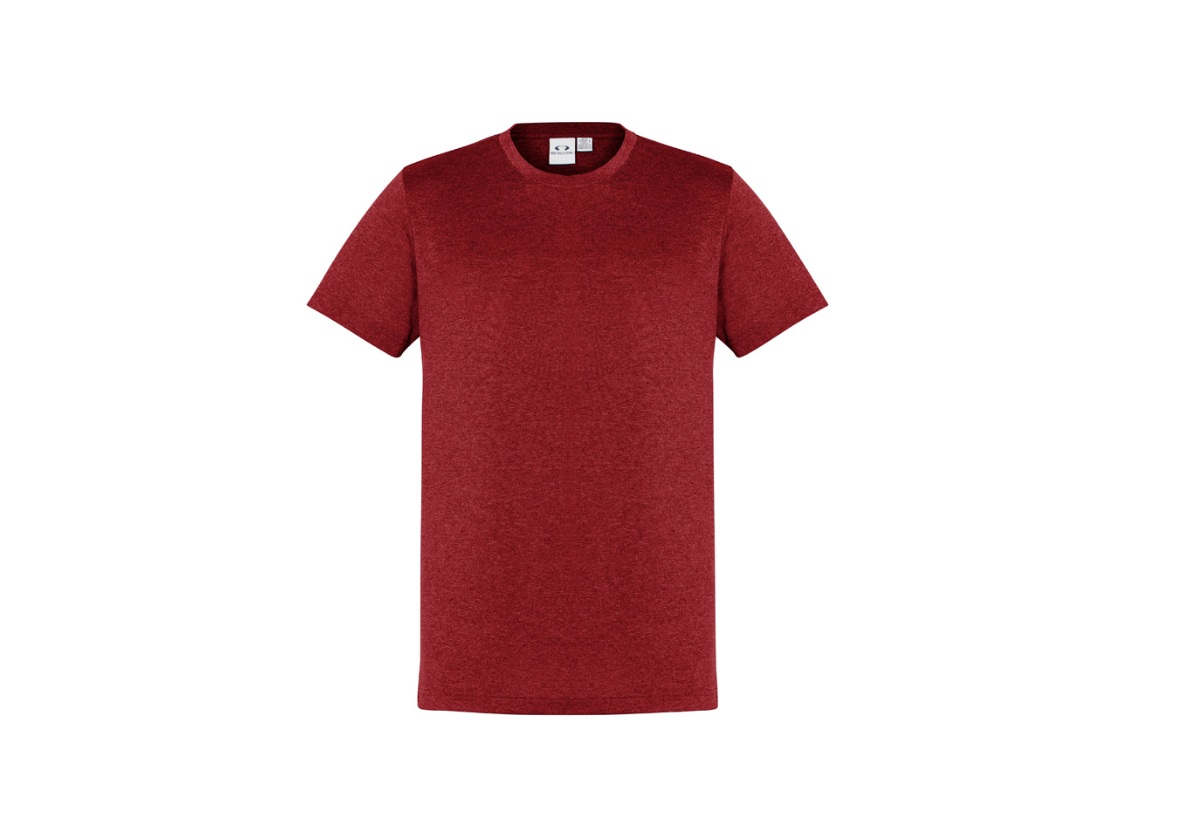 Tee Shirts
Tee Shirts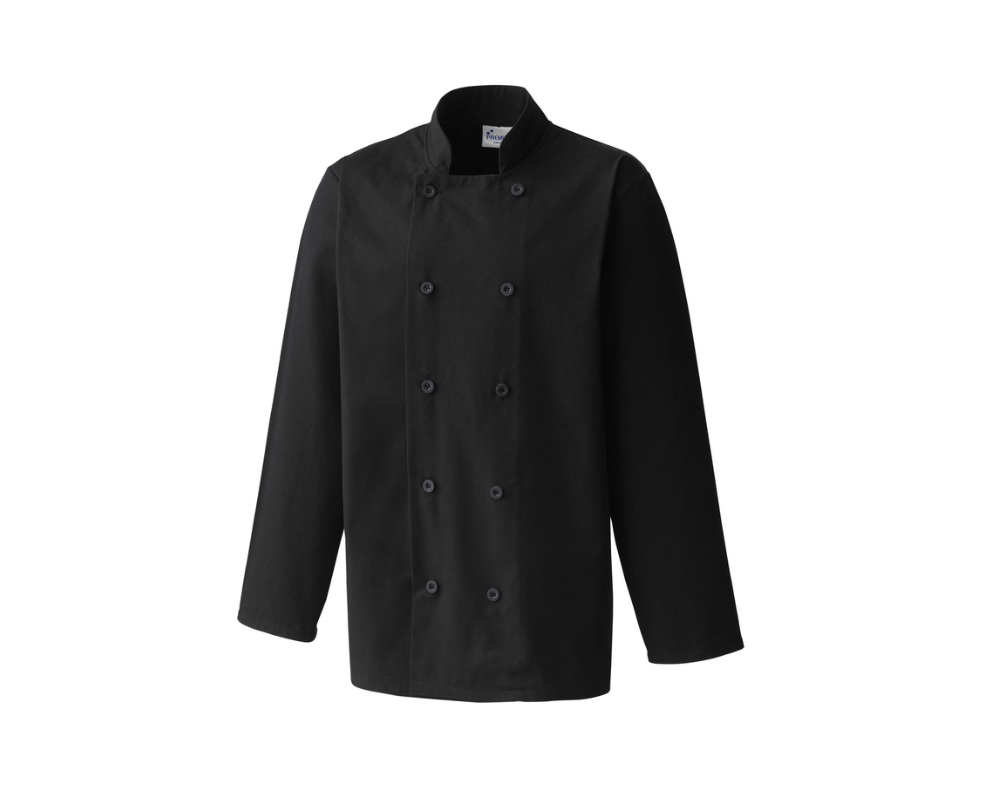 Workwear
Workwear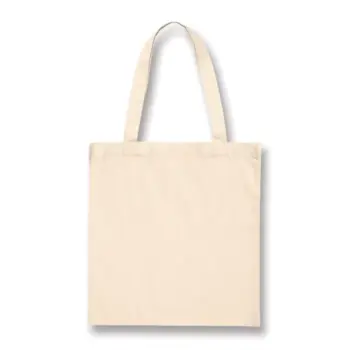
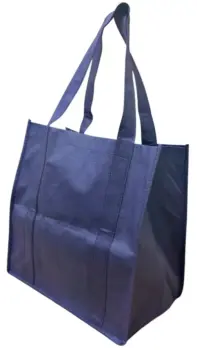
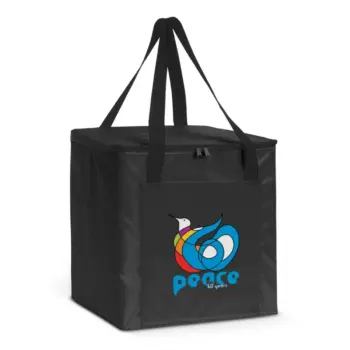
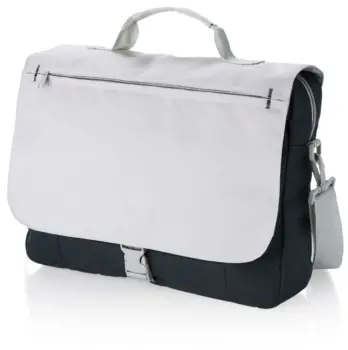
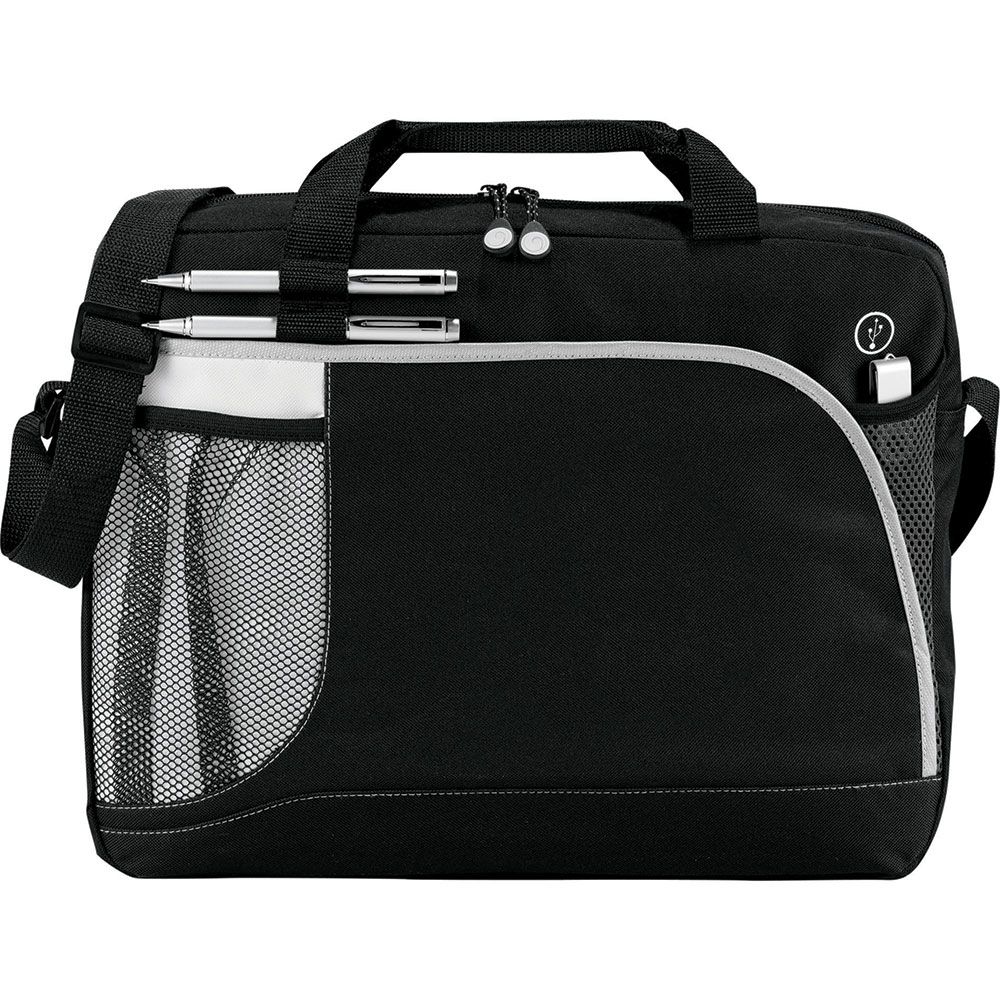 Briefcases
Briefcases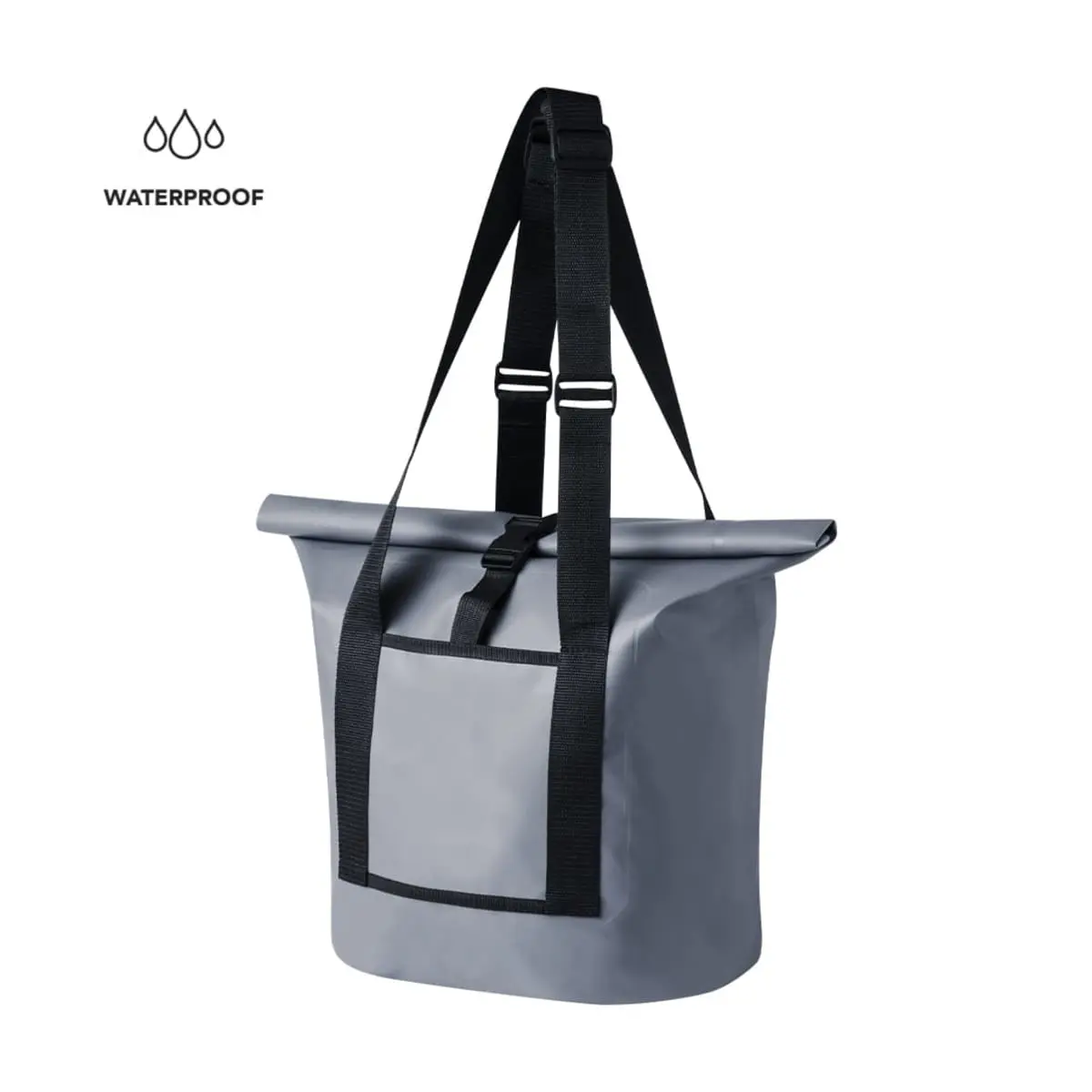 Dry Bags
Dry Bags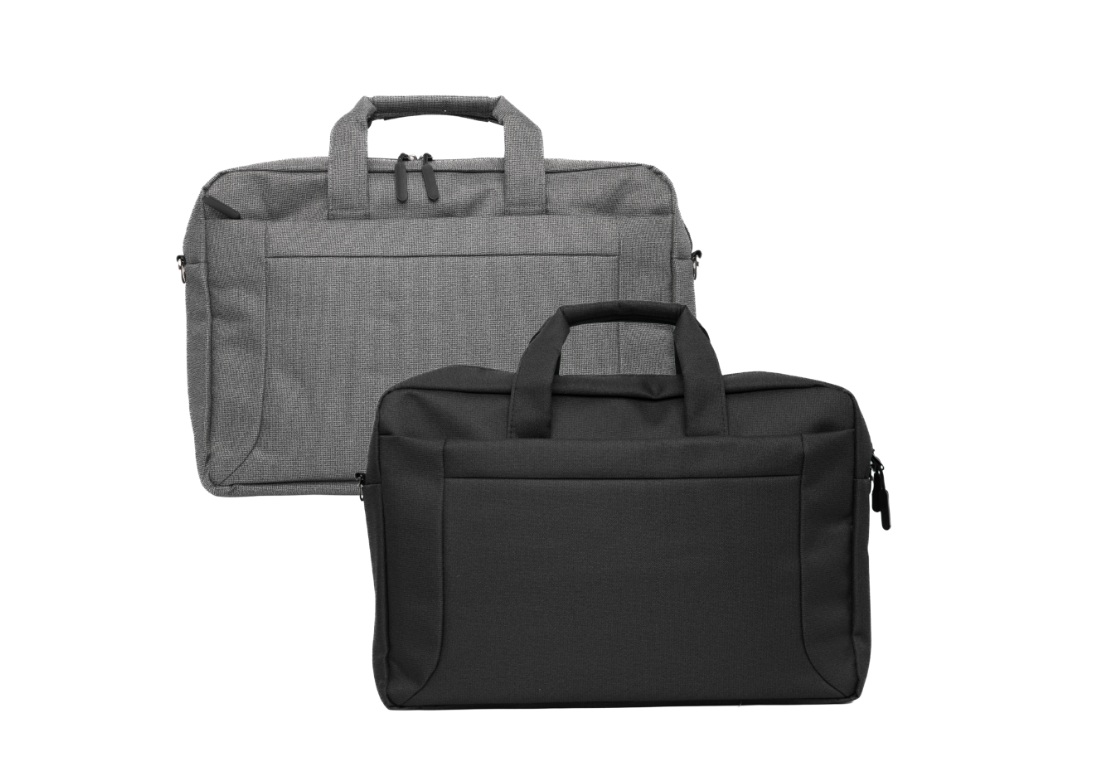 Laptop
Laptop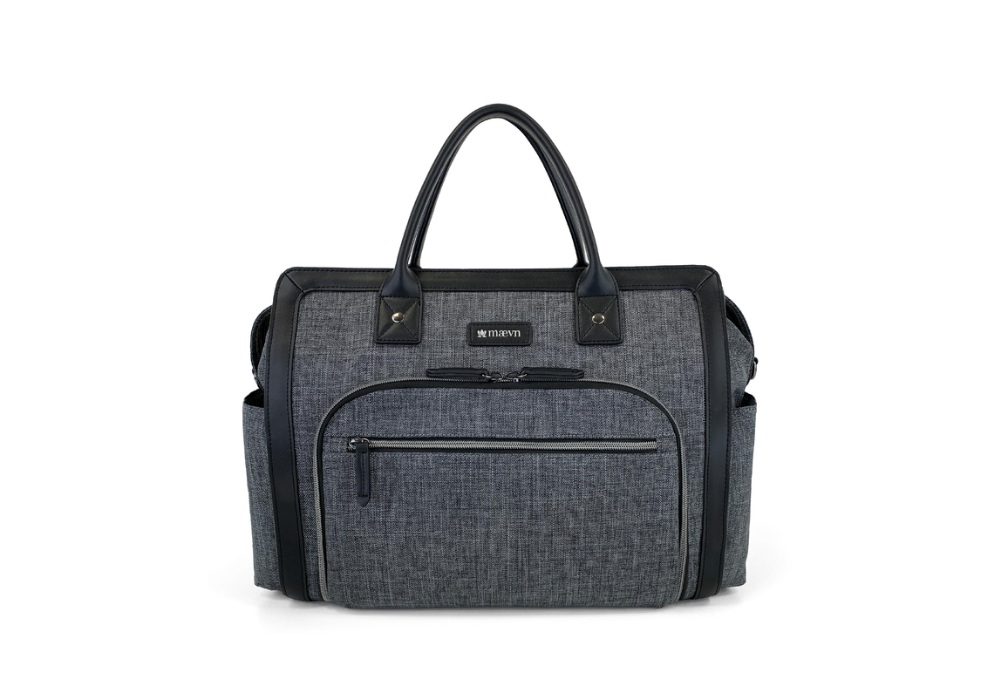 Satchels
Satchels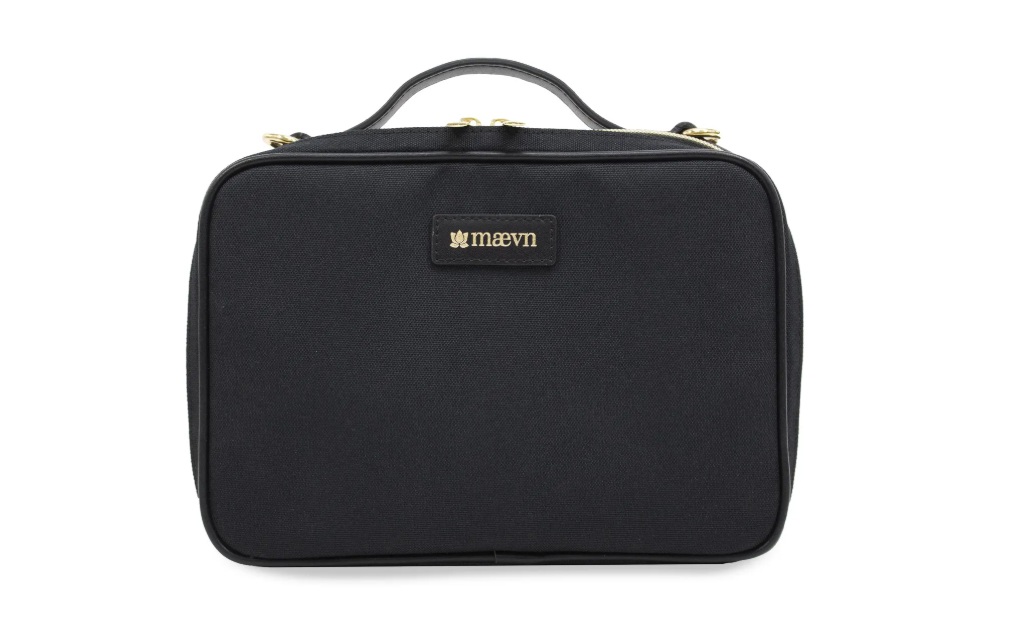 Specialised Bags
Specialised Bags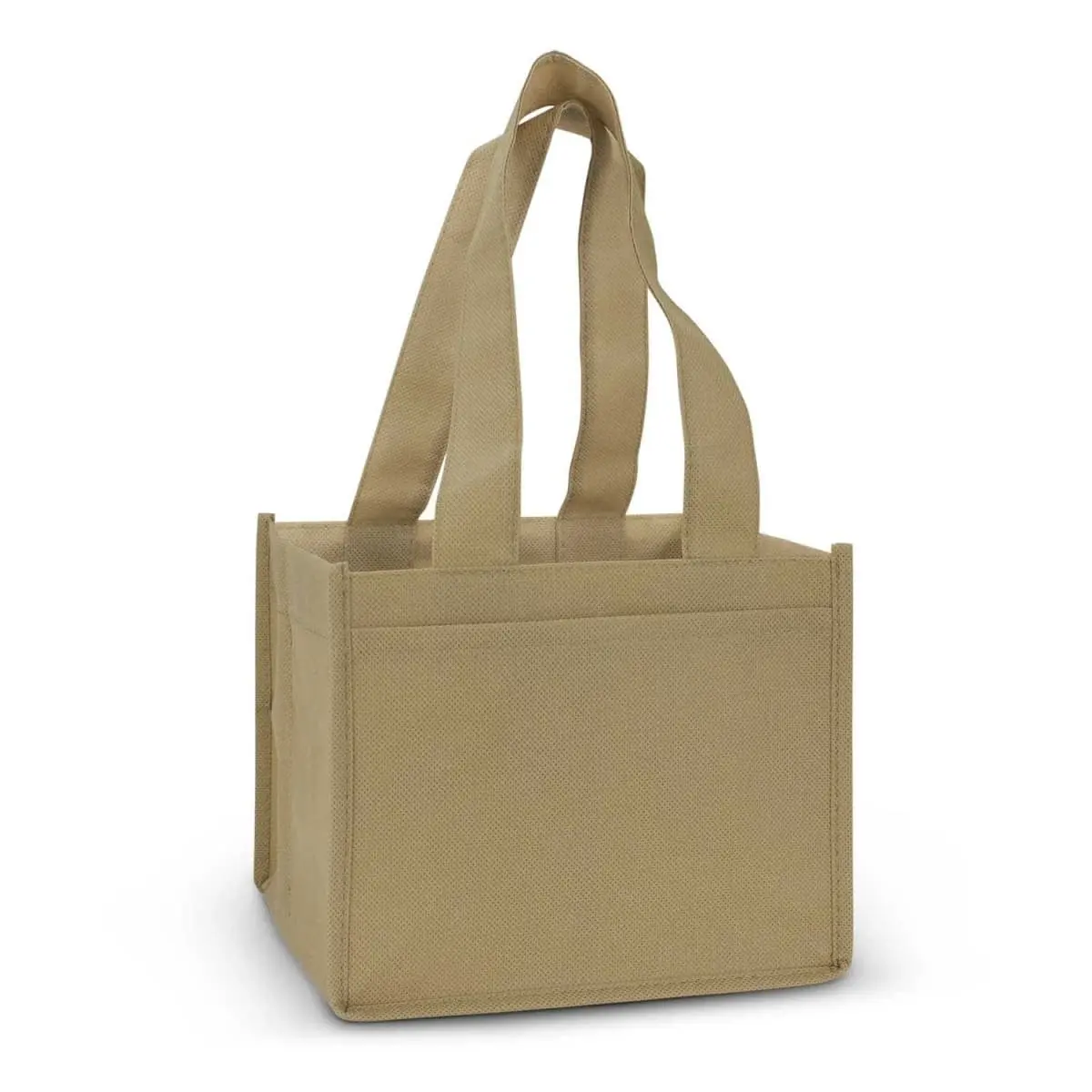 Tote Bags
Tote Bags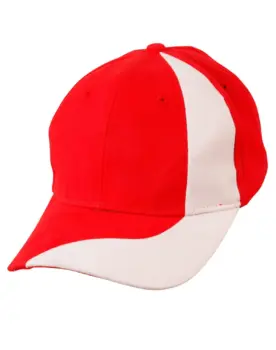
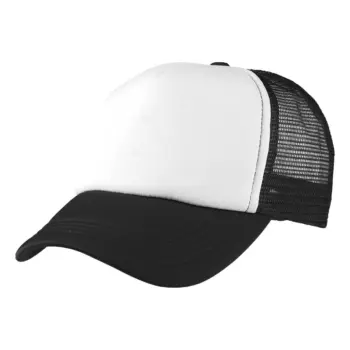

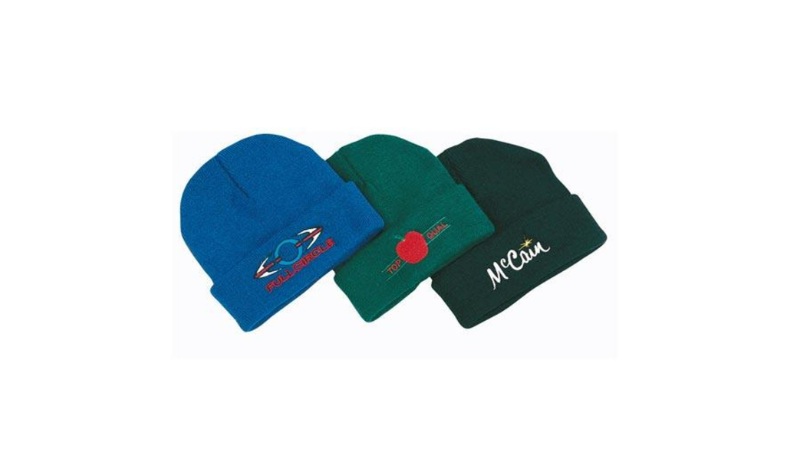 Beanies
Beanies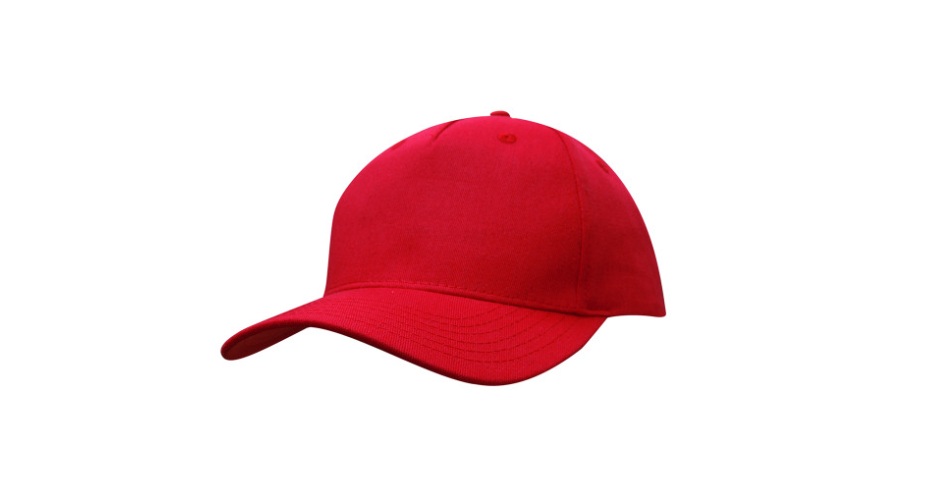 Caps
Caps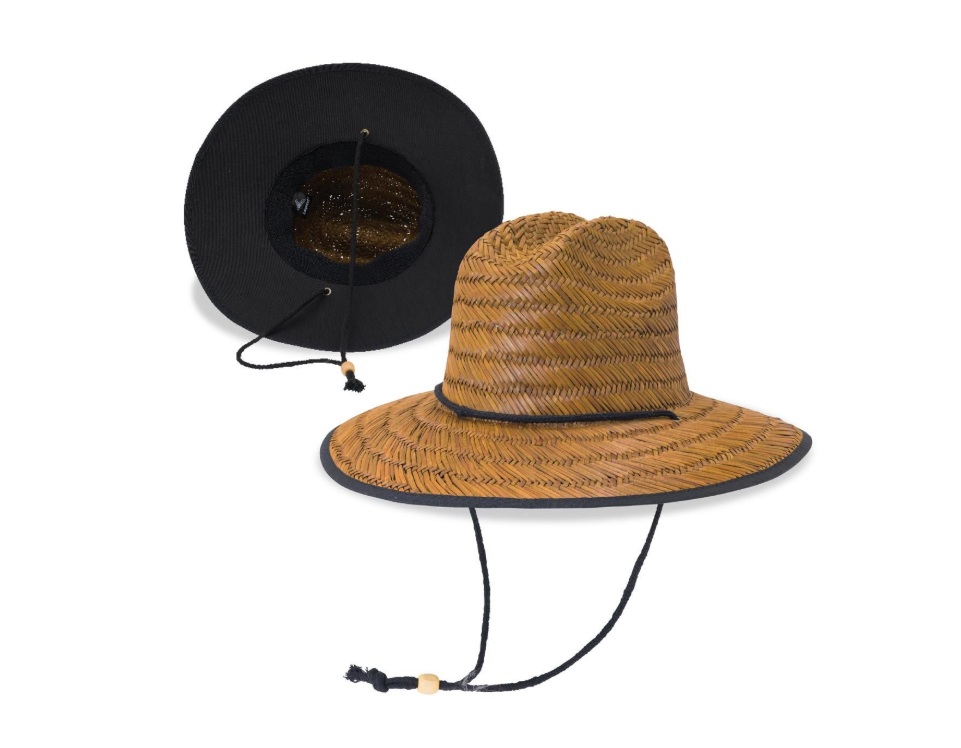 Straw Hats
Straw Hats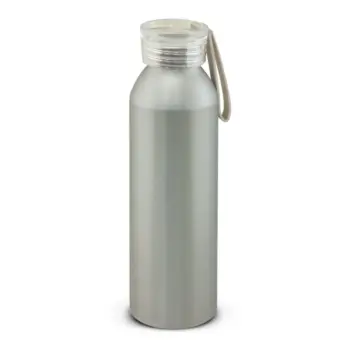
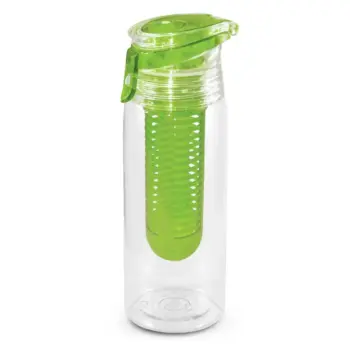
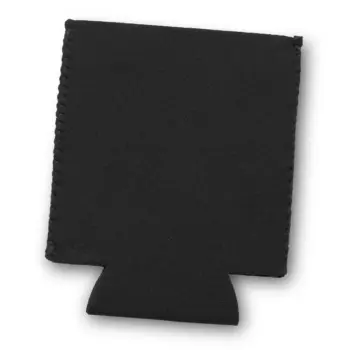
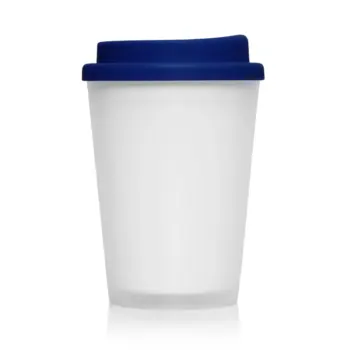
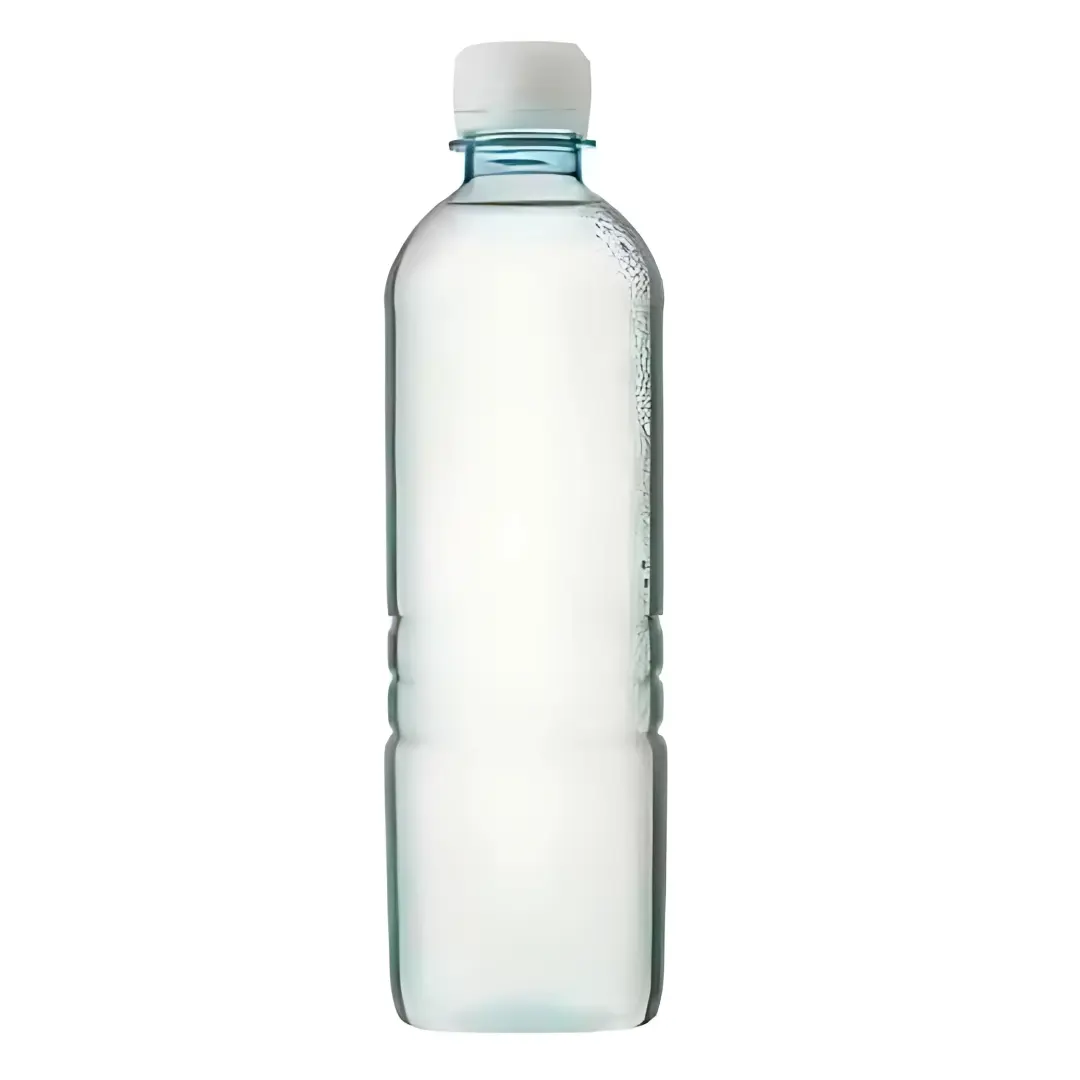 Bottled Water
Bottled Water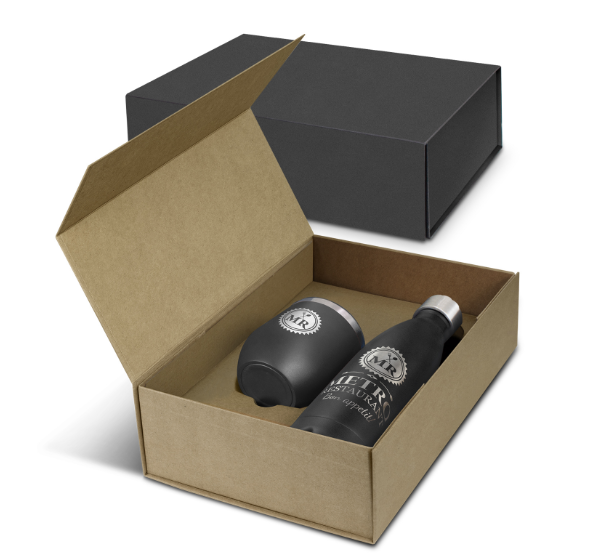 Drinkware Gift Sets
Drinkware Gift Sets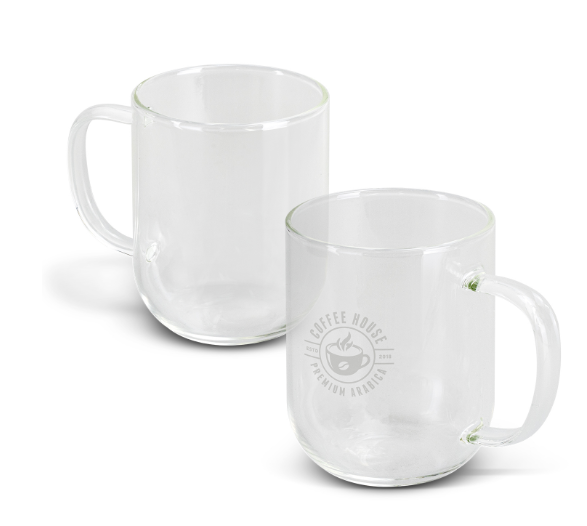 Glass & Poly Cups
Glass & Poly Cups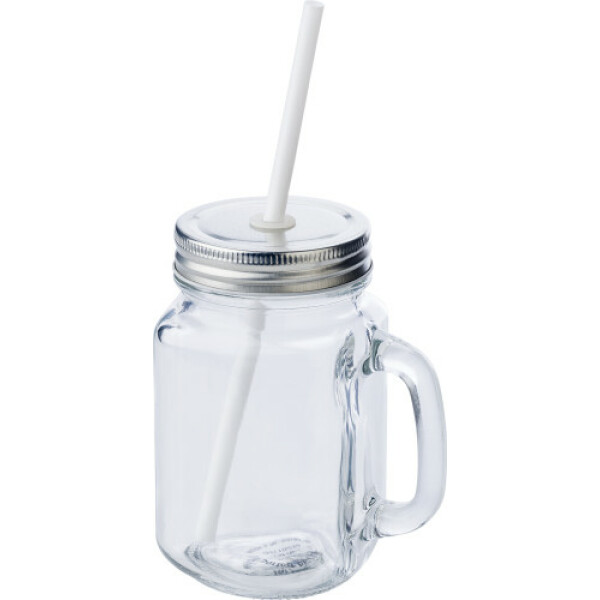 Mason Jars
Mason Jars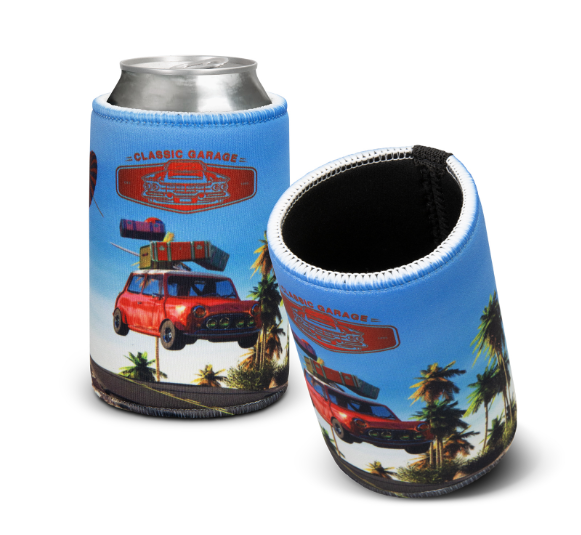 Stubby | Bar & Drinkware
Stubby | Bar & Drinkware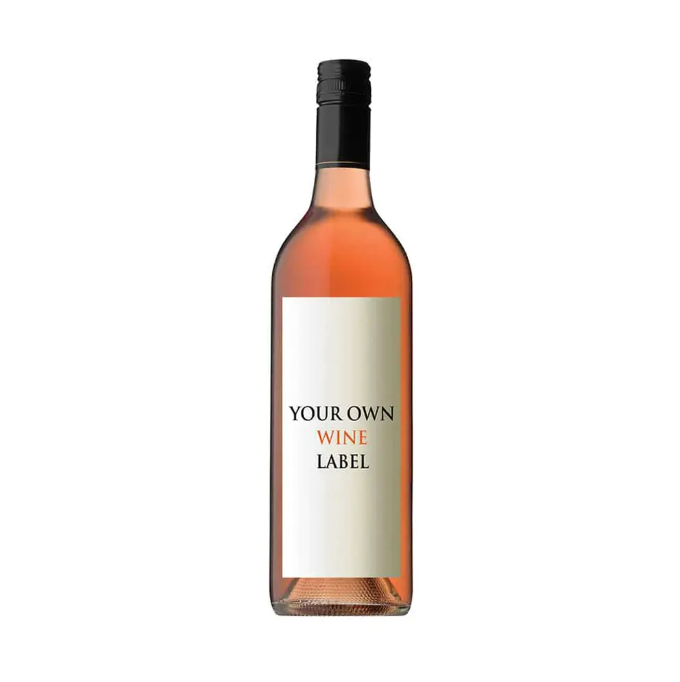 Wines
Wines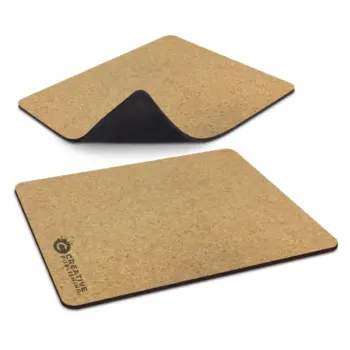


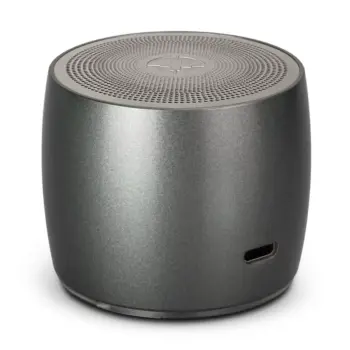
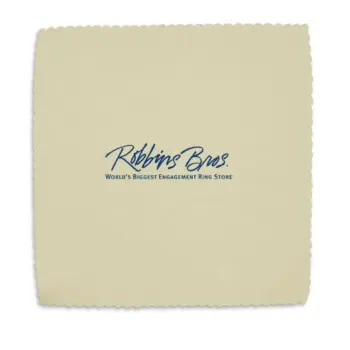
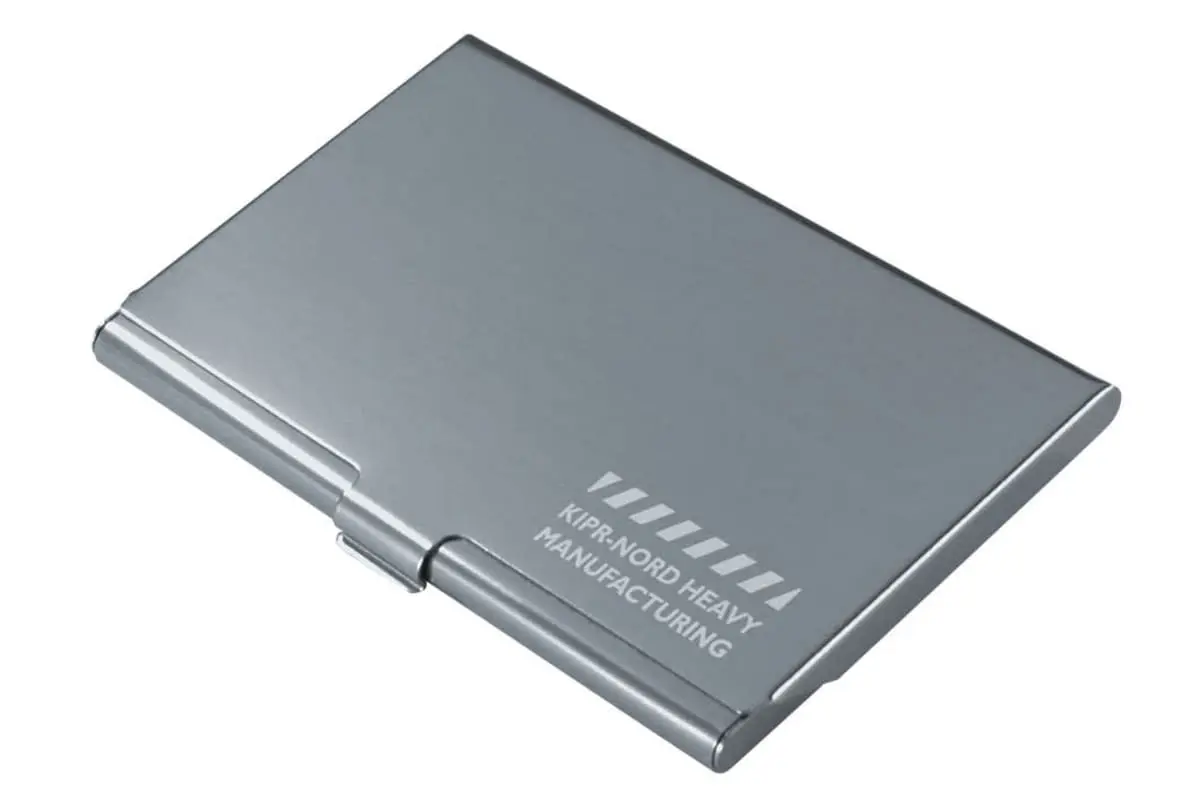 Business Card Holders
Business Card Holders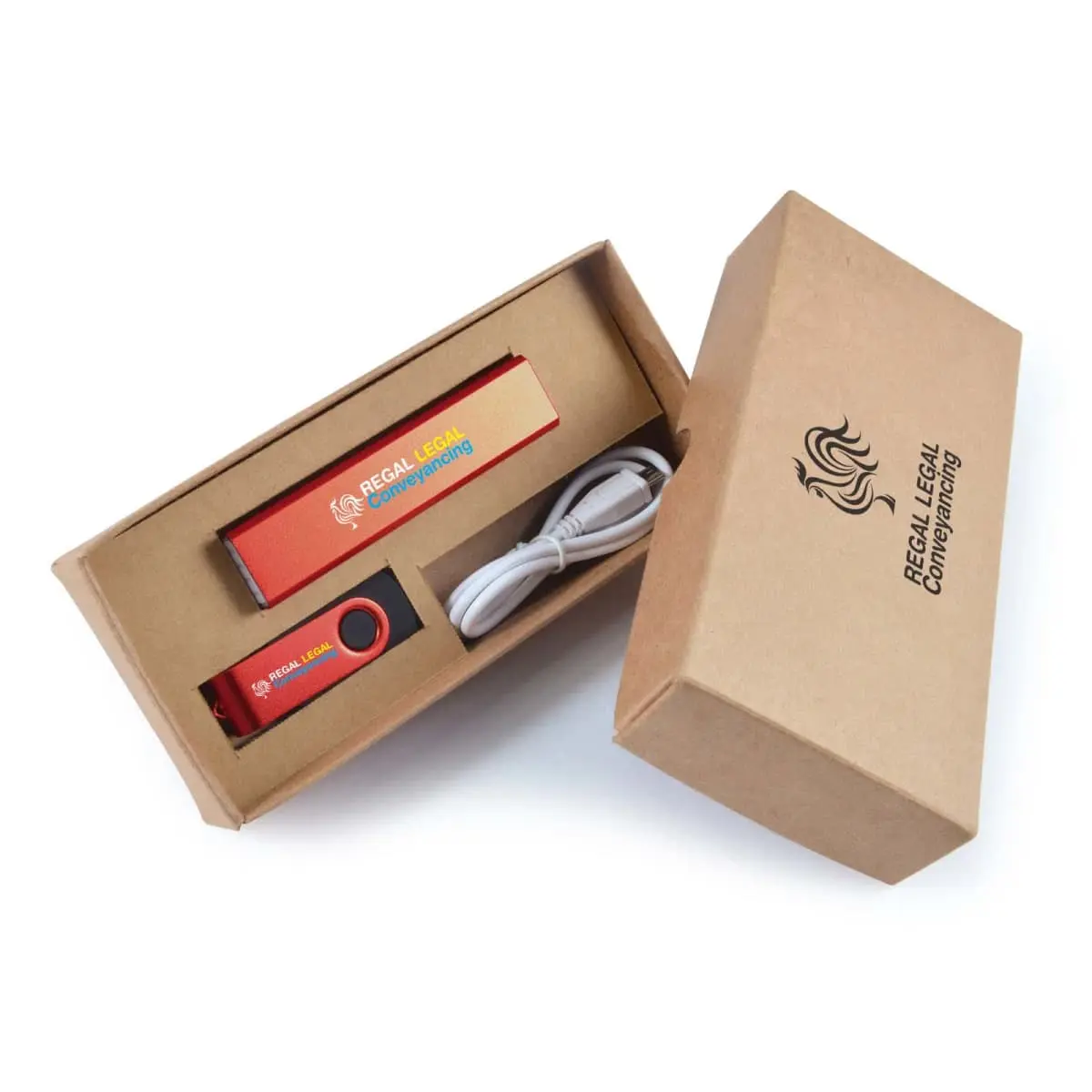 IT Gift Sets
IT Gift Sets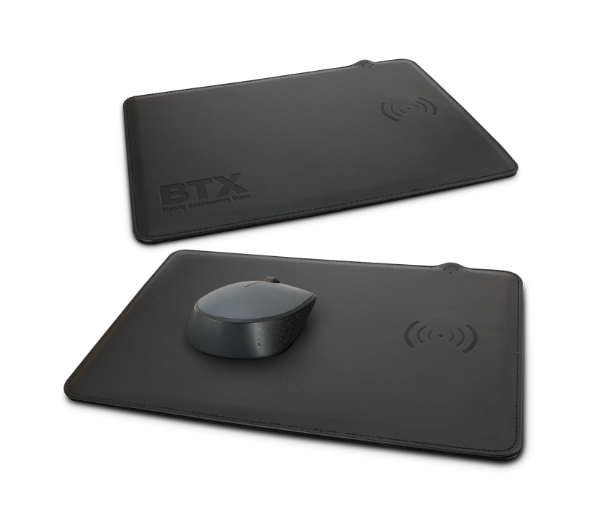 Tech Computers
Tech Computers
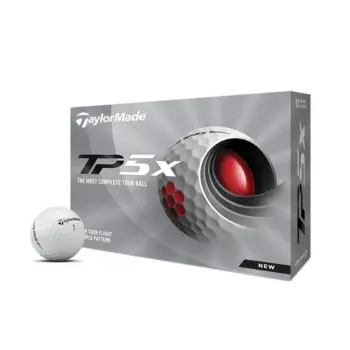


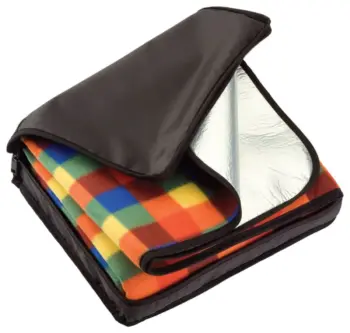
 Beach Towels
Beach Towels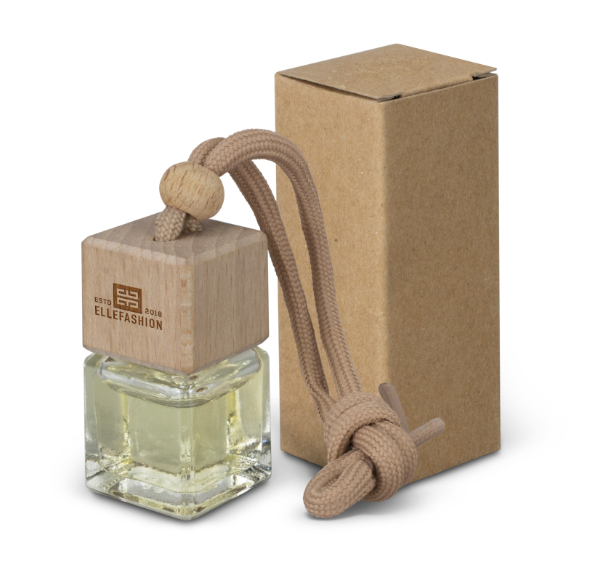 Car Accessories
Car Accessories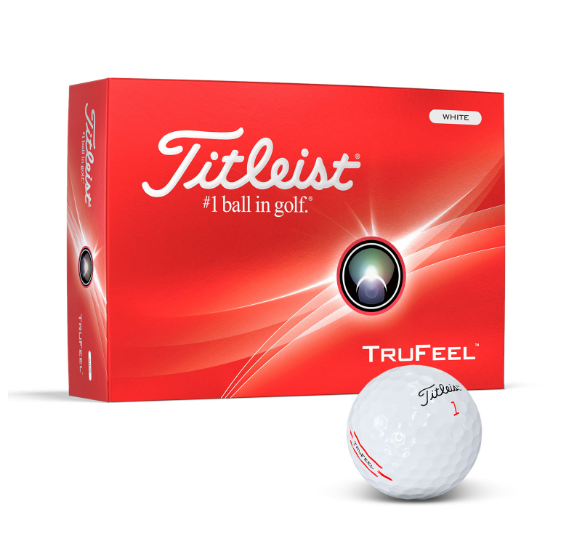 Golf
Golf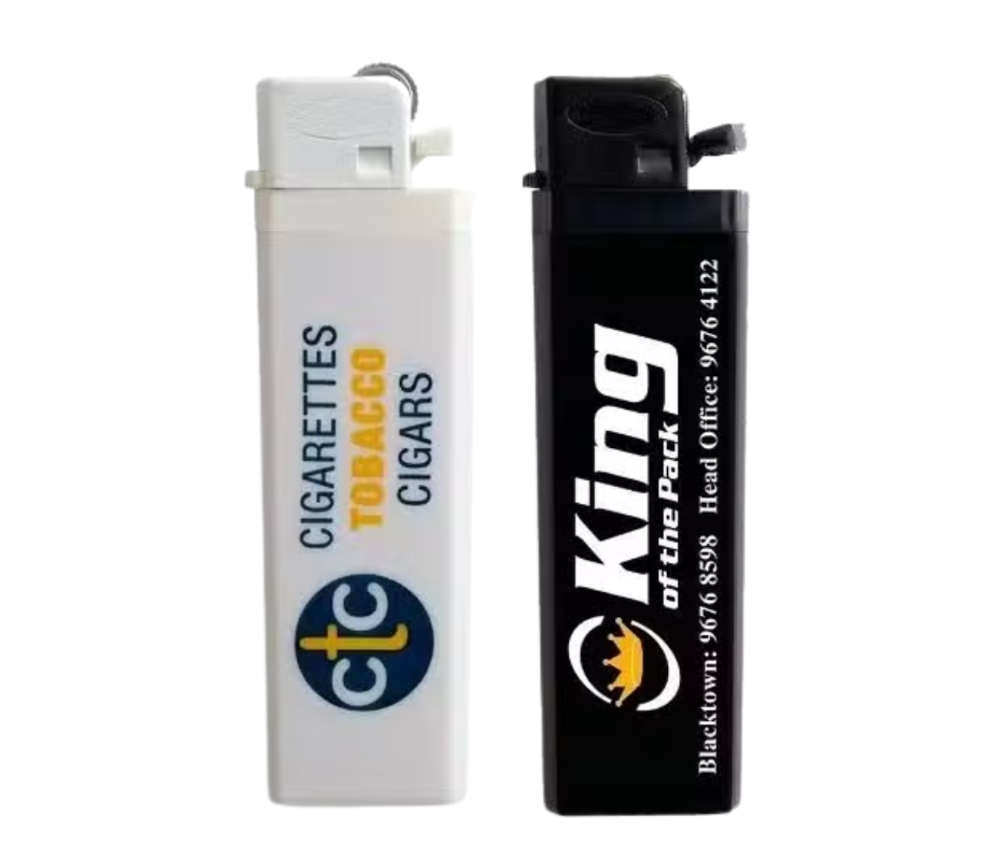 Lighters
Lighters Picnic Gear
Picnic Gear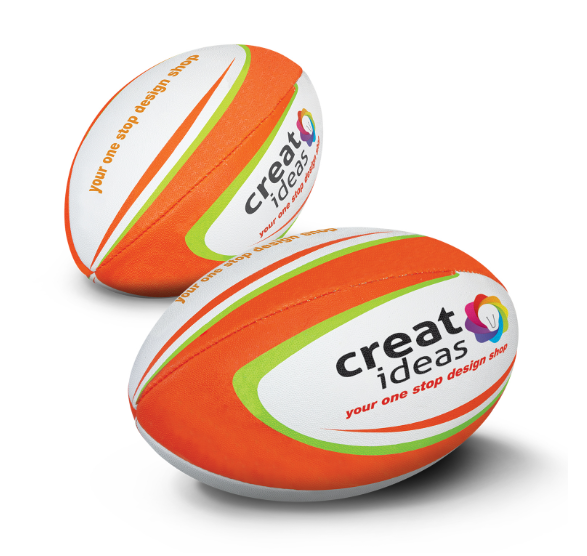 Sports Items
Sports Items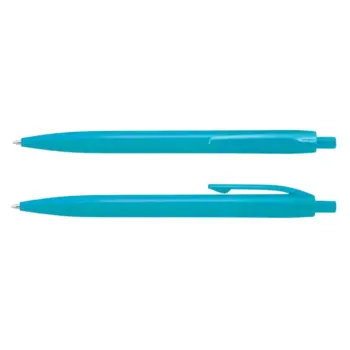
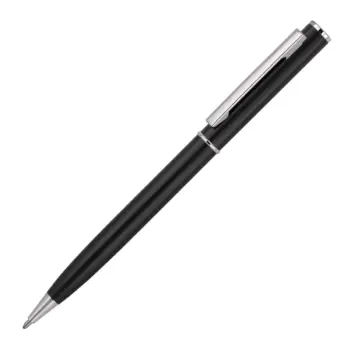
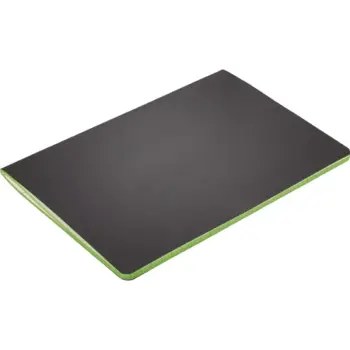
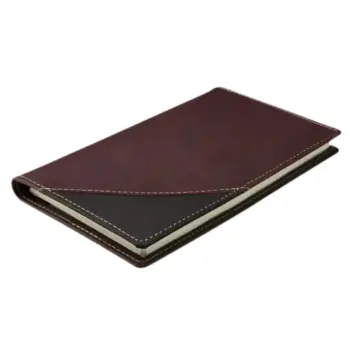
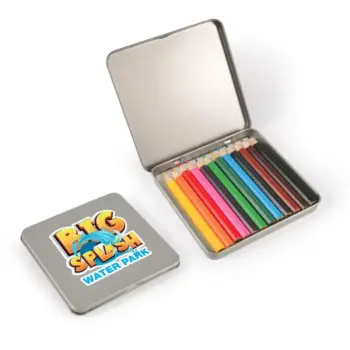
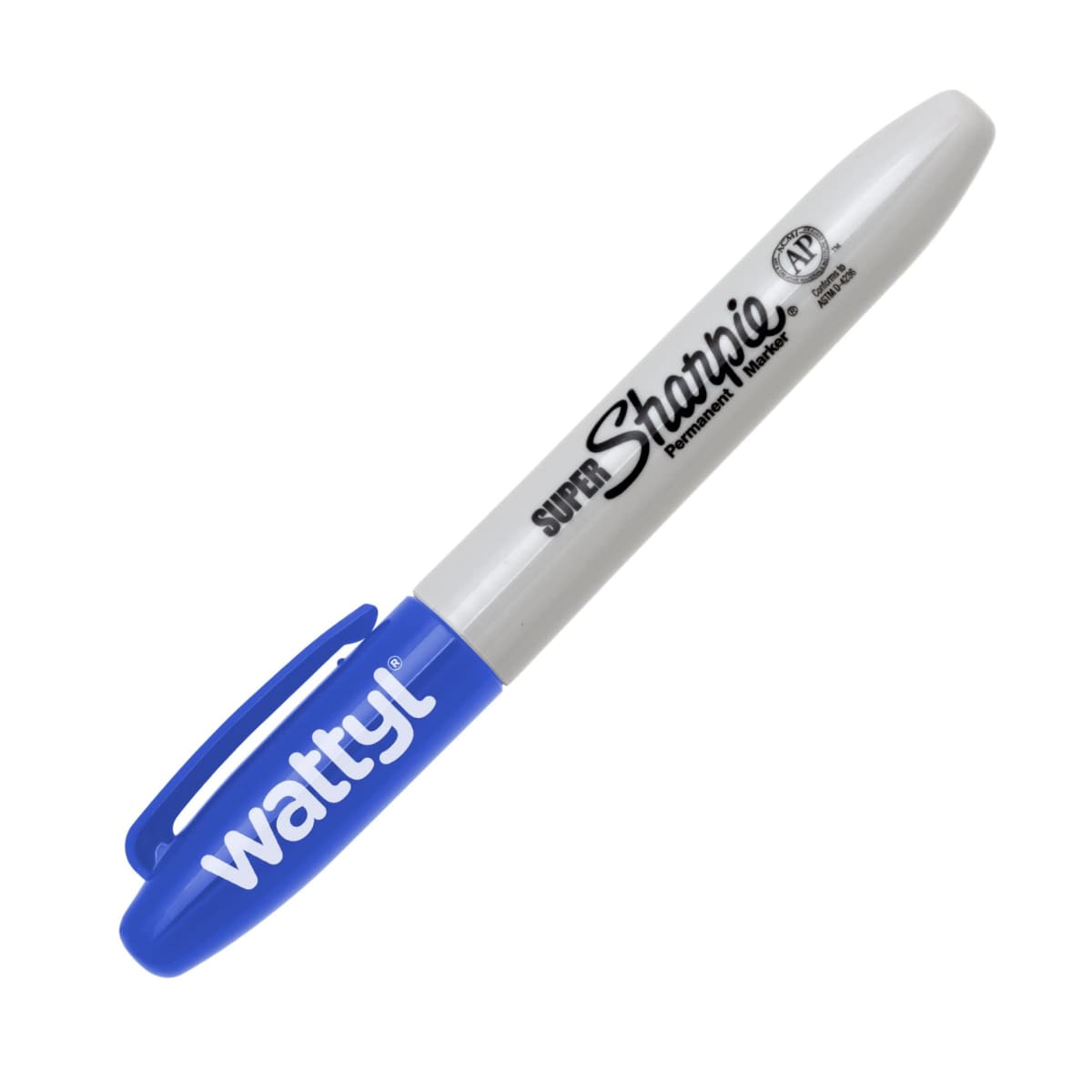 Markers
Markers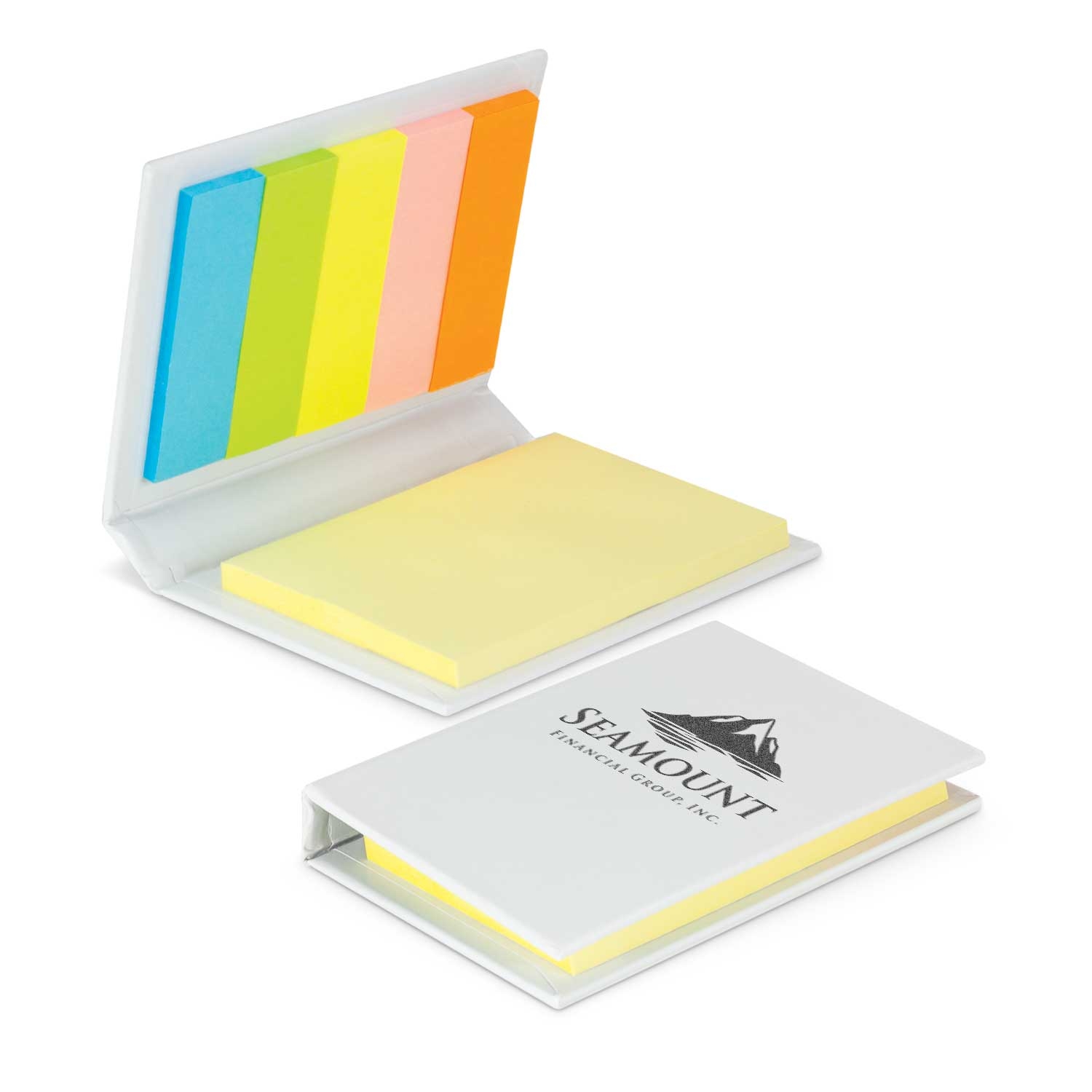 Post-It & Sticky Notes
Post-It & Sticky Notes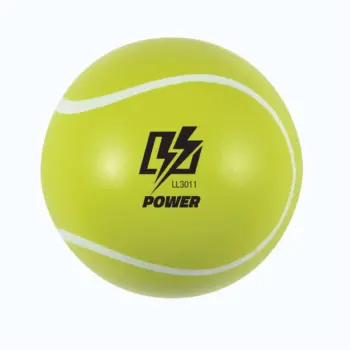
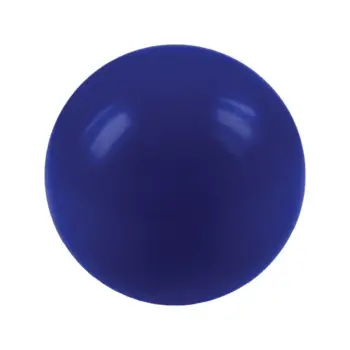

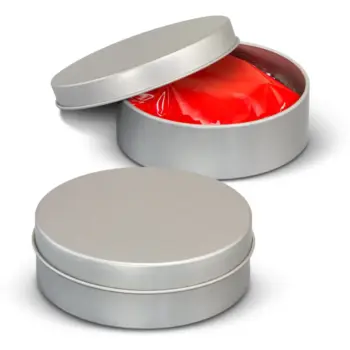
 Card Decks
Card Decks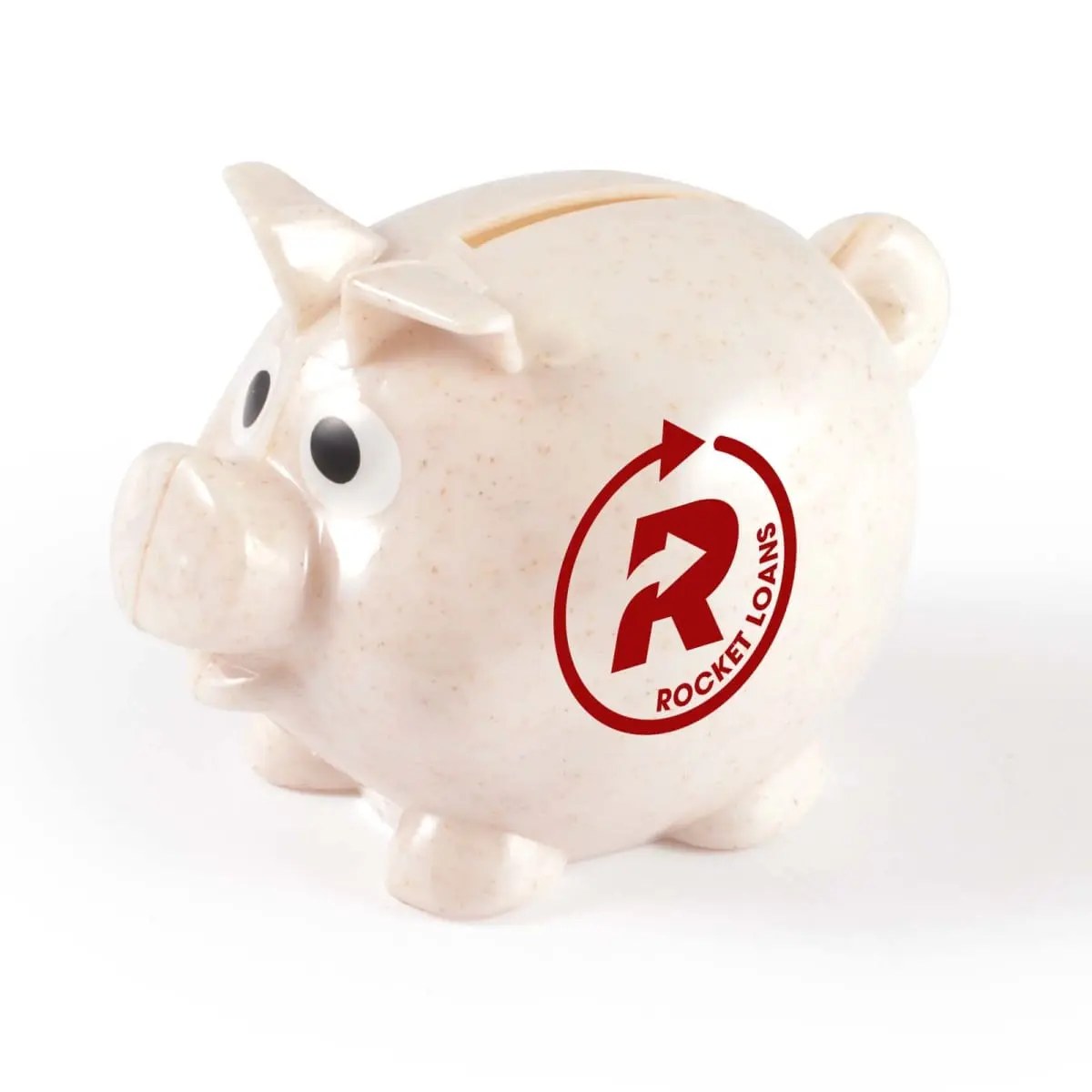 Coin Banks
Coin Banks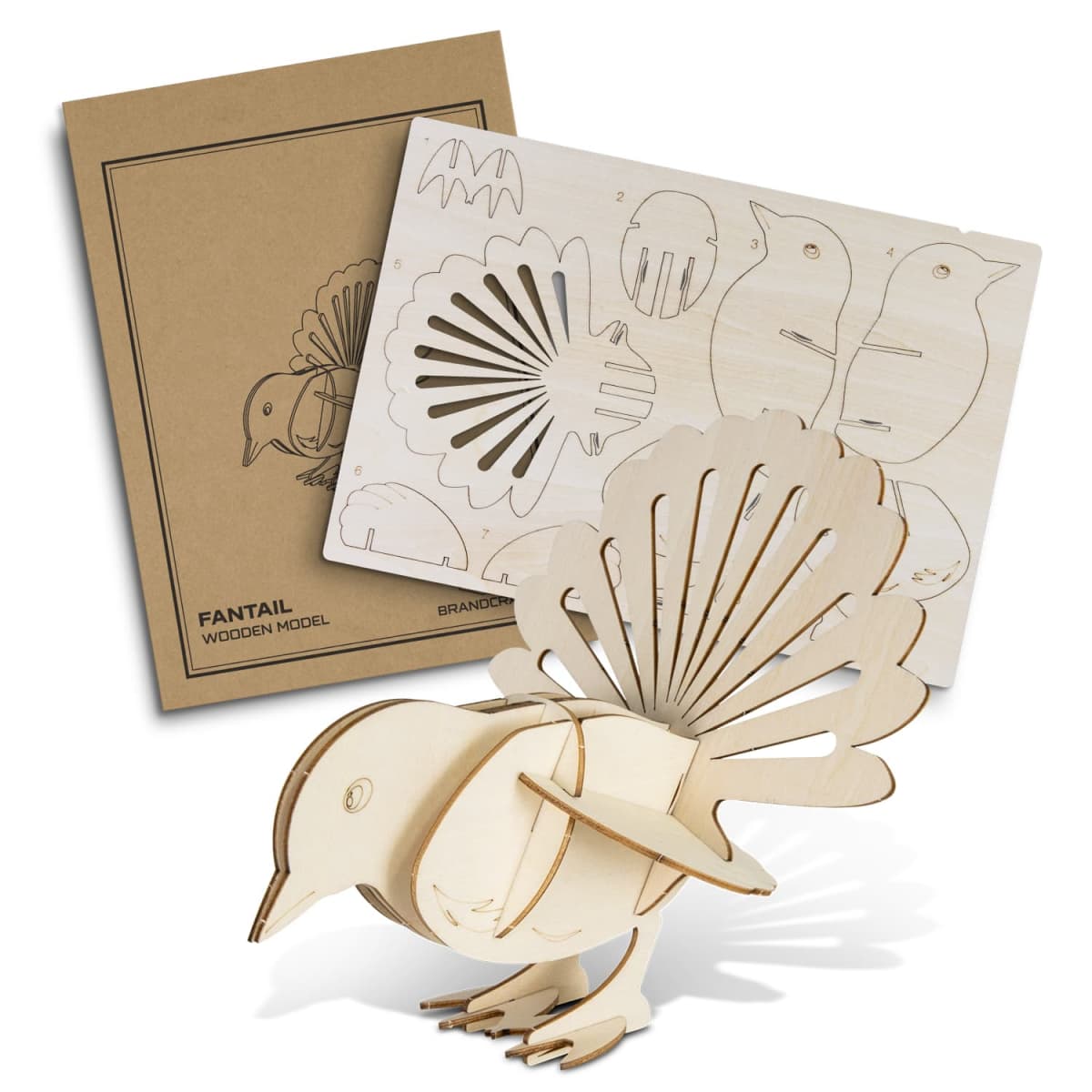 Conference Toys
Conference Toys Event Toys
Event Toys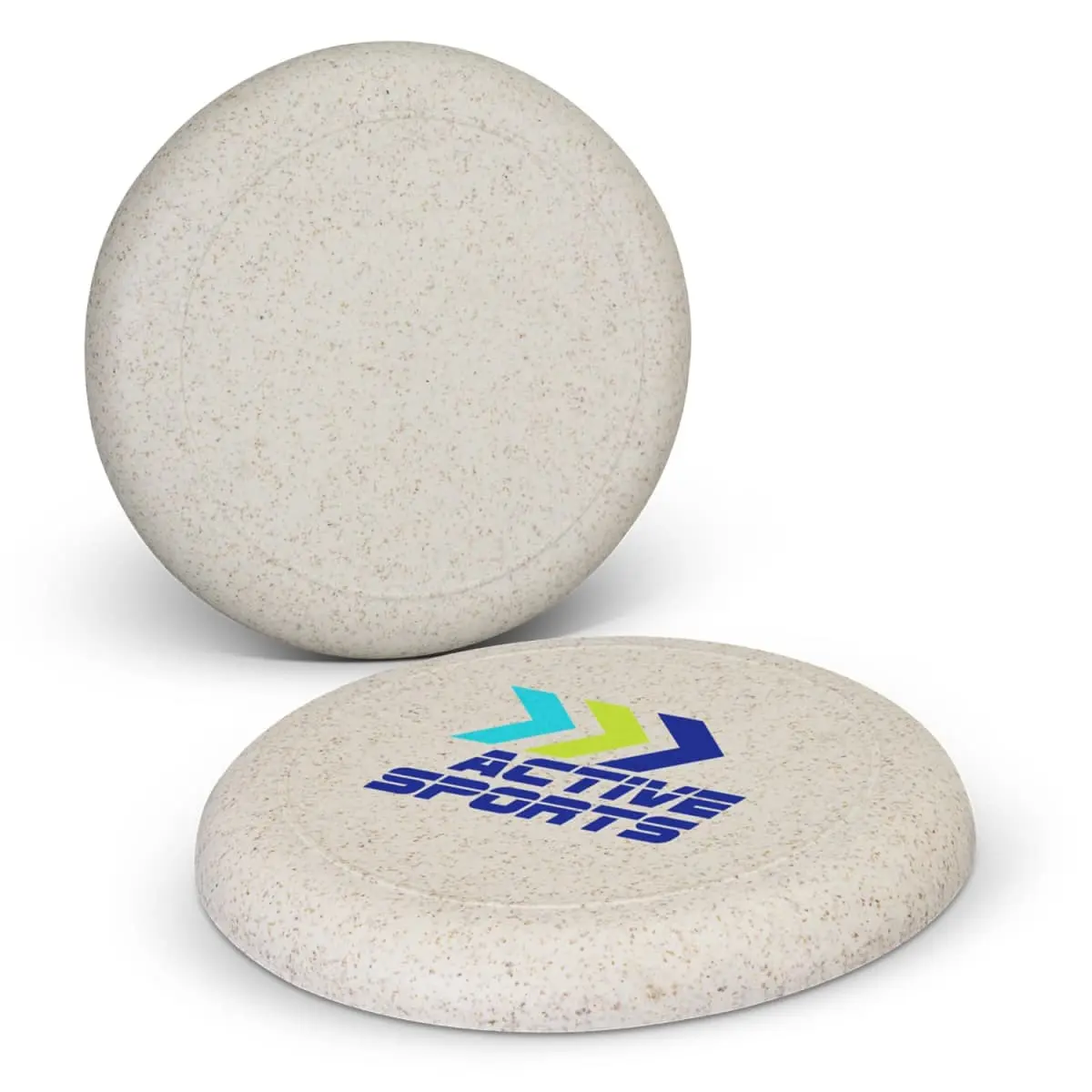 Frisbees
Frisbees Games & Puzzles
Games & Puzzles Kids
Kids Plush Toys
Plush Toys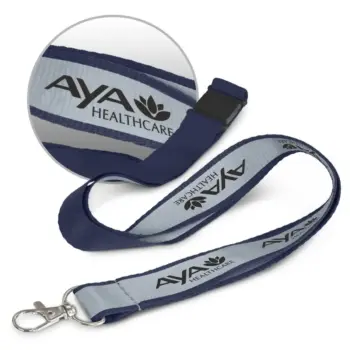
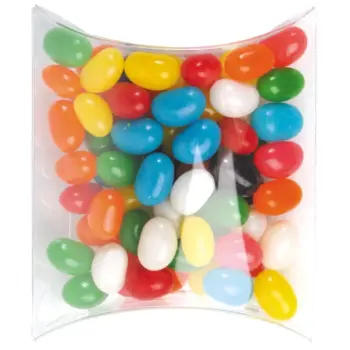
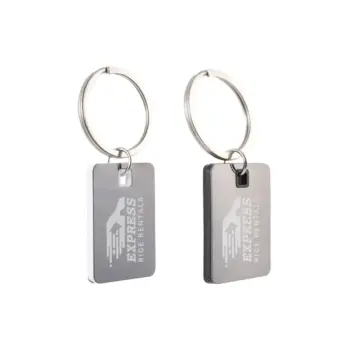


 Print | Signage
Print | Signage
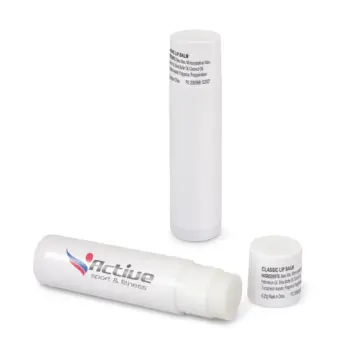
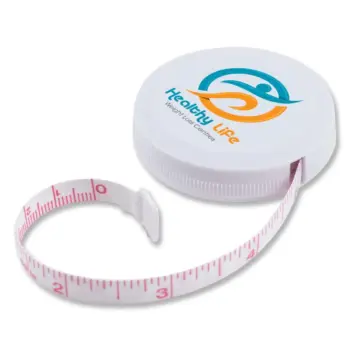
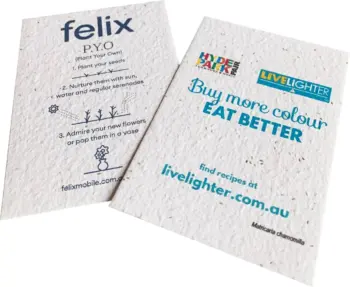
 Antibacterial
Antibacterial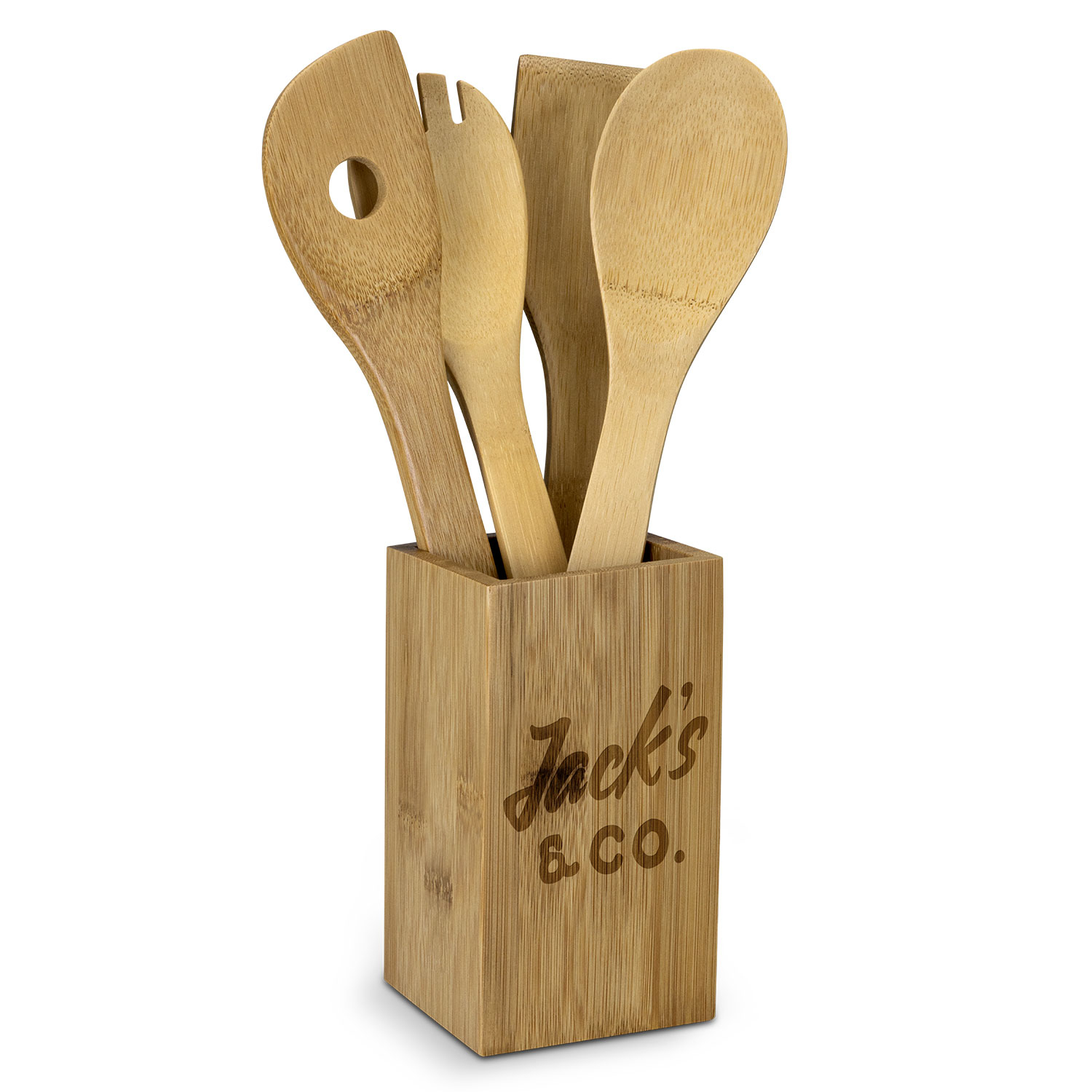 Eco Products
Eco Products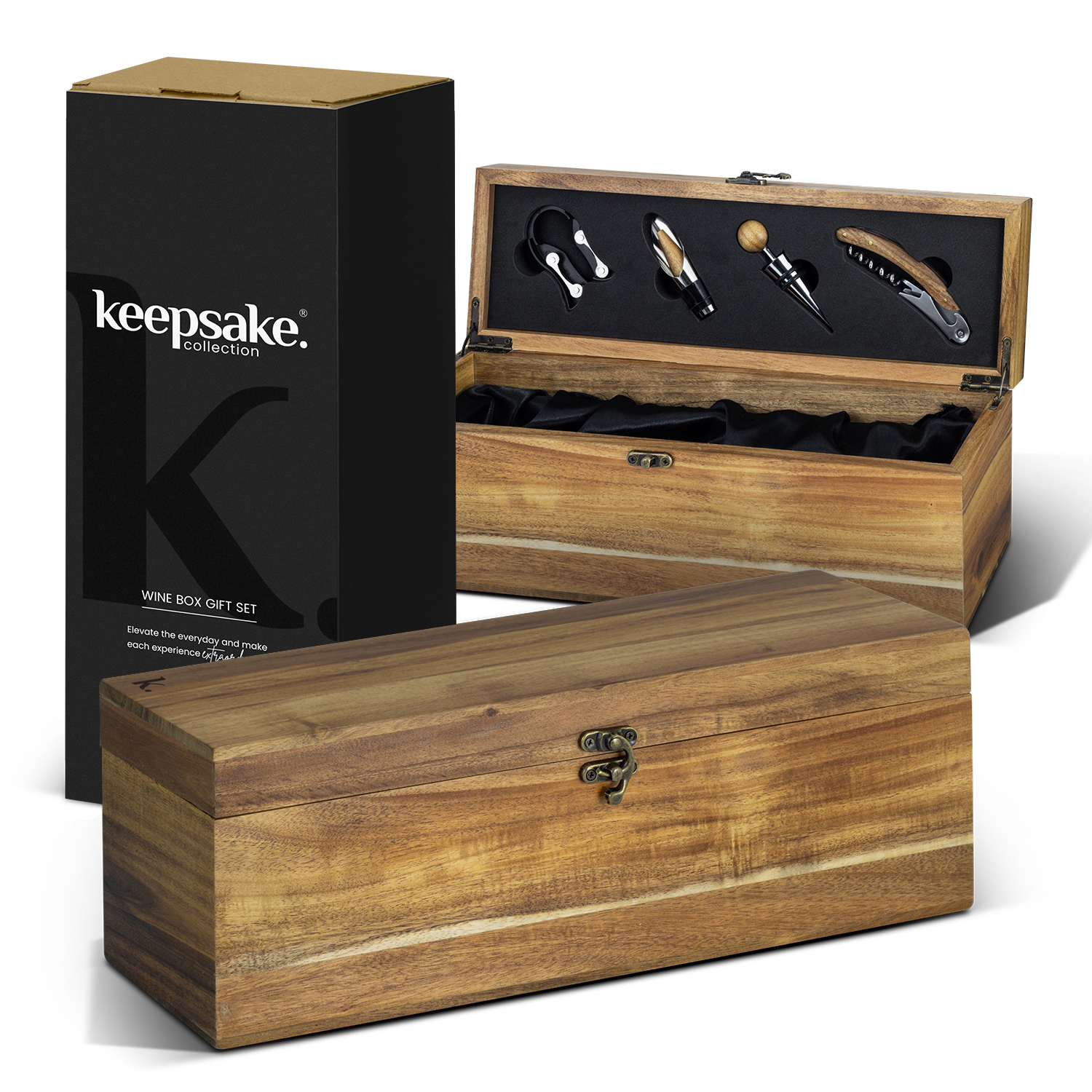 Gift Box Sets
Gift Box Sets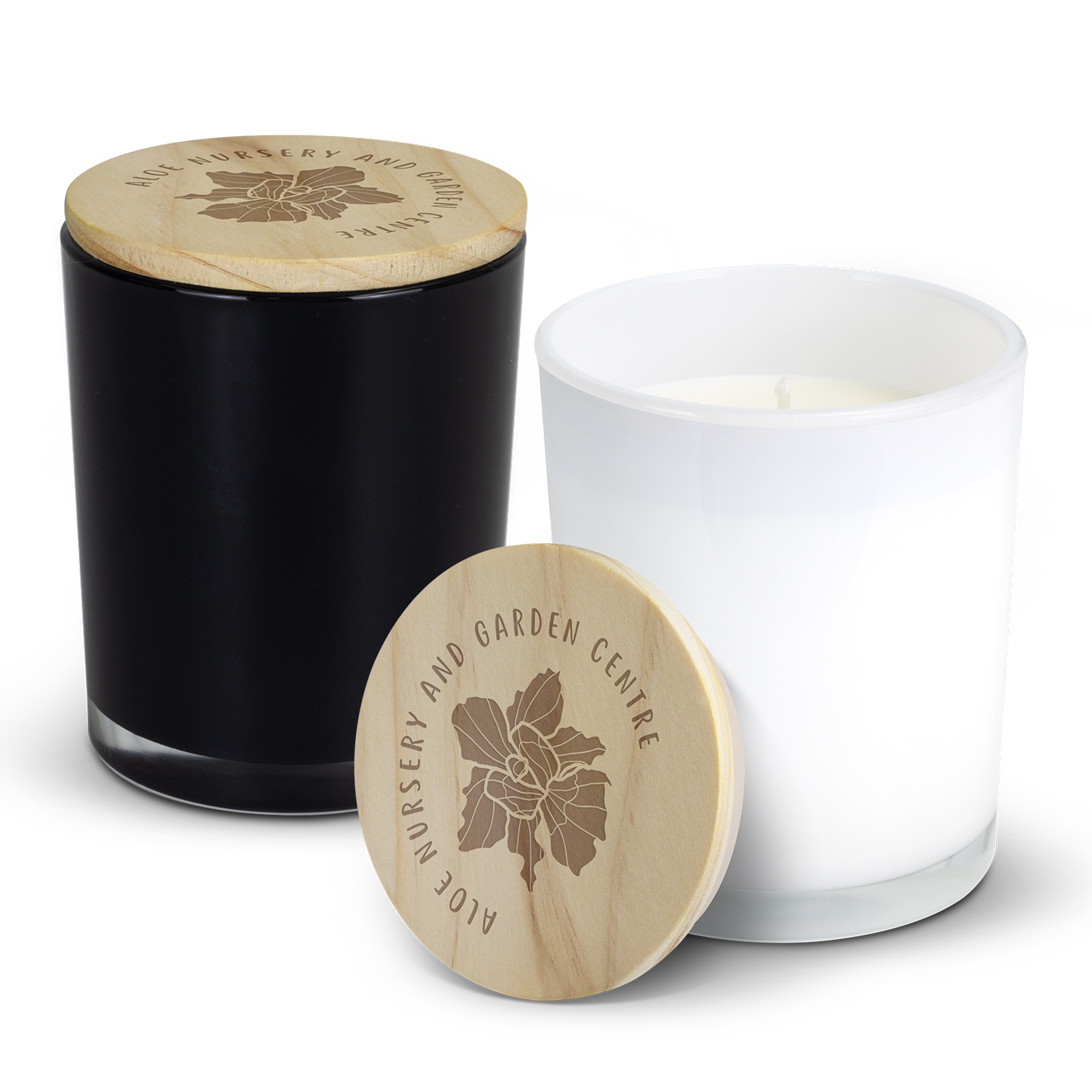 Homeware
Homeware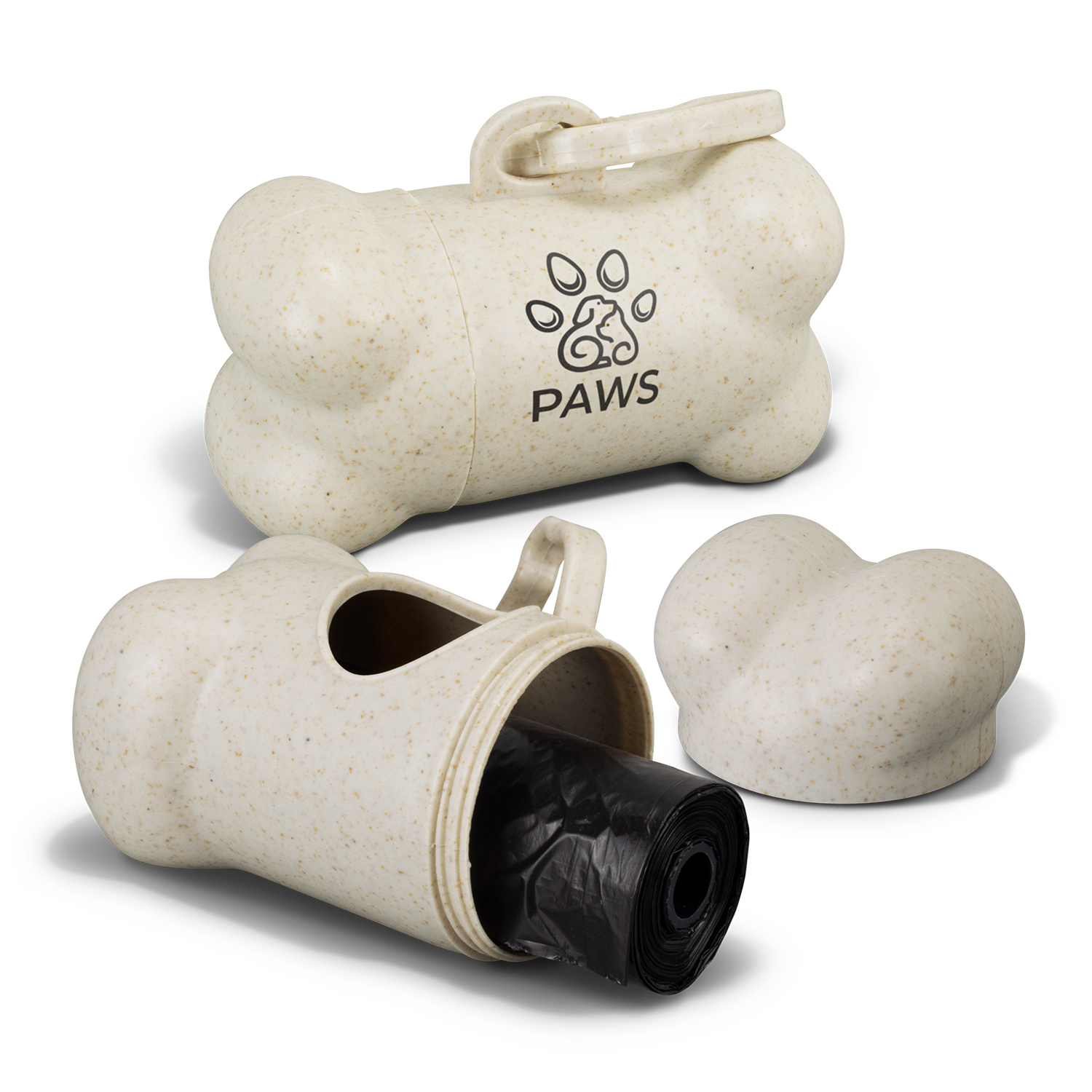 Pet Products
Pet Products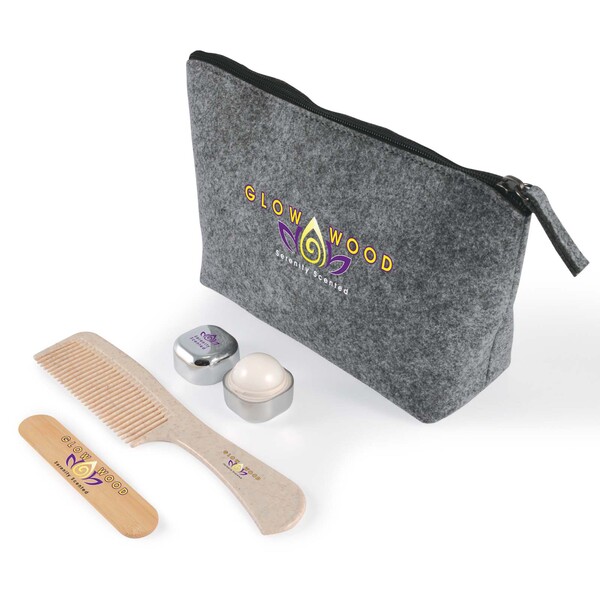 Personal Care
Personal Care Occasion Ideas
Occasion Ideas